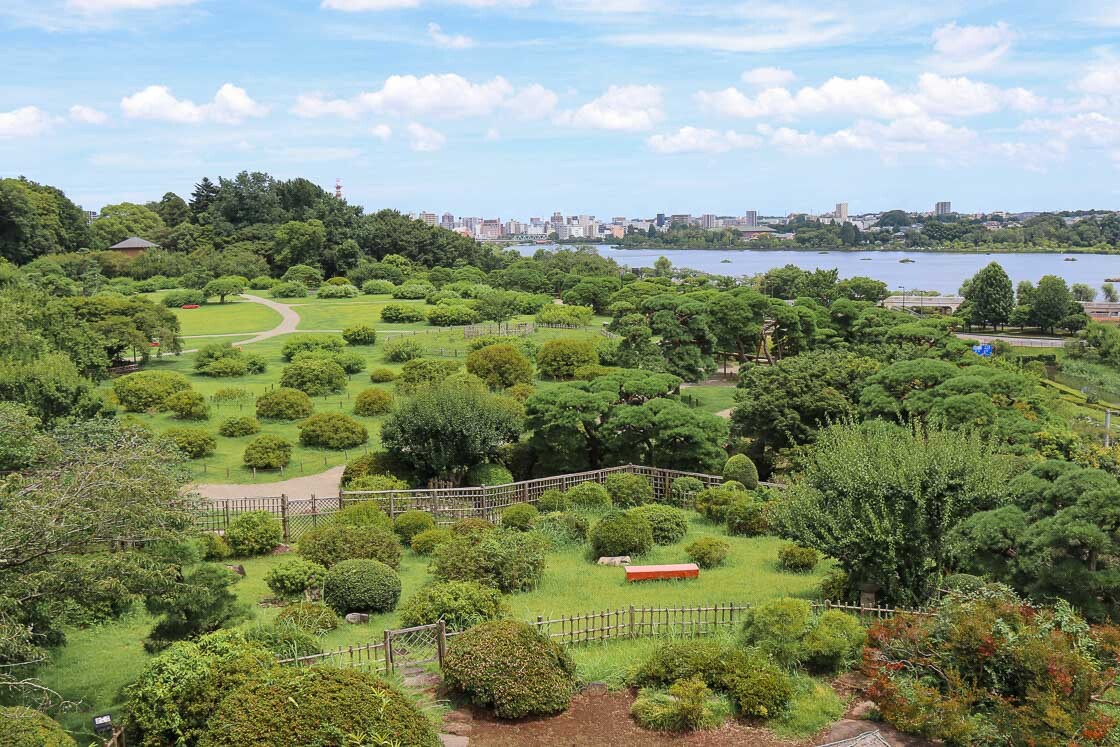A journey from Tokyo to Ibaraki: Discovering nature and local culture
Less than 90 minutes apart by limited express trains, Tokyo is a busy metropolitan capital city, while Ibaraki is its more laidback regional neighbor with an abundance of greenery and seasonal flowers. As with any country, there are distinct differences between metropolis and regional areas. Visitors to Tokyo and Ibaraki can compare and contrast the two as well as experience the green landscapes present in both places.
This article is about my 3-day trip traveling in Tokyo and Ibaraki in search of nature and cultural activities. I was treated to scenic views and experienced local and traditional crafts over the three days, and also got to visit spacious gardens and parks. This itinerary would be perfect for those who appreciate or want to get to know Japan's seasonal flora as well as visit a regional city near Tokyo.
Day 1: Art and flowers in Tokyo
My trip started with a visit to Tokyo Metropolitan Teien Art Museum, the former residence of Prince Asaka, who commissioned artists to incorporate the Art Deco style into the design of his home back in the 1930s. Almost 100 years have passed since the stately building was constructed, and architectural style and design from that period in time can be seen. Varied and interesting exhibitions are held at Tokyo Metropolitan Teien Art Museum, which visitors can appreciate while also visiting a historical home.
Tokyo Metropolitan Teien Art Museum is not only about its main heritage building, but it also has three gardens: a Japanese-style garden with maple trees and a teahouse, a Western-style garden with cherry trees, and a large lawn space. Quite possibly one of Tokyo's hidden gems, the three gardens combined provide visitors with plenty of seasonal flora, a breath of fresh air just minutes from one of the busiest train lines. Indeed, I found that the noise of the city disappeared significantly when I stepped into the museum grounds.
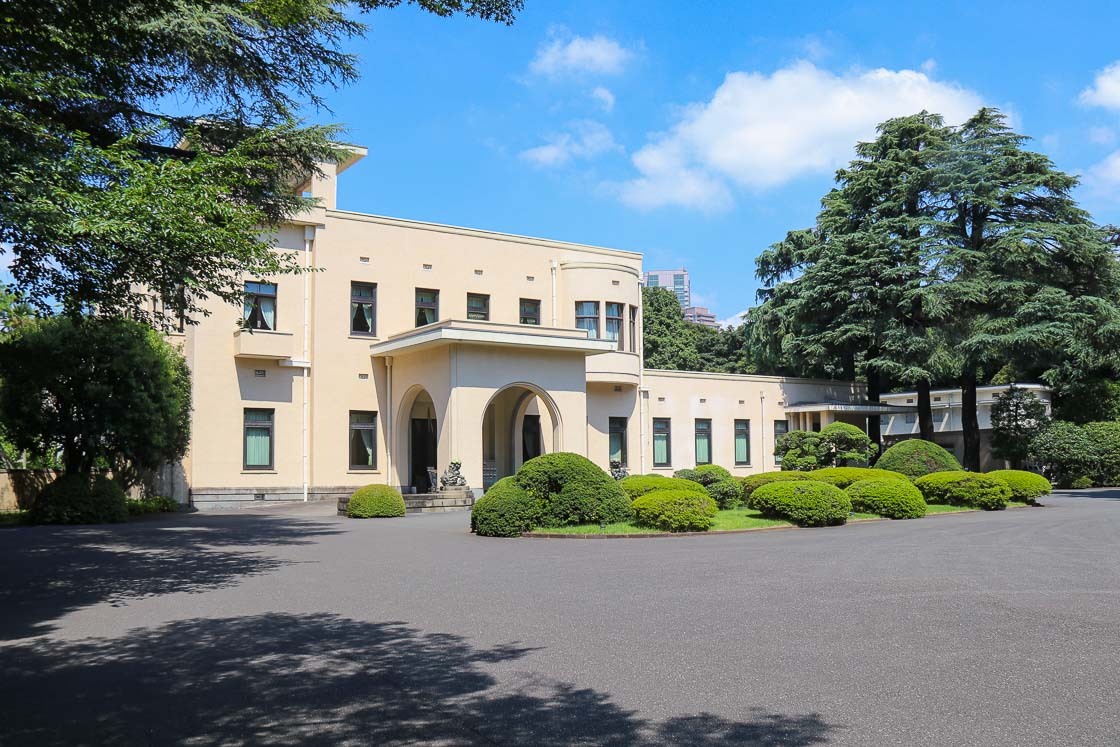
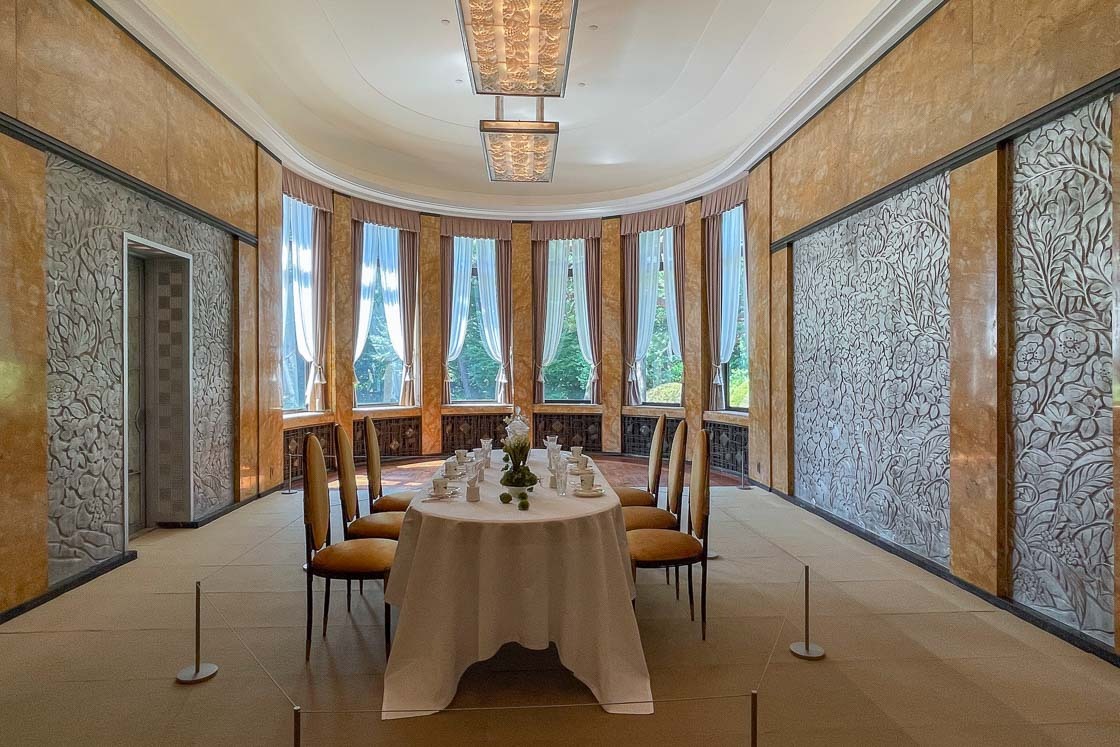
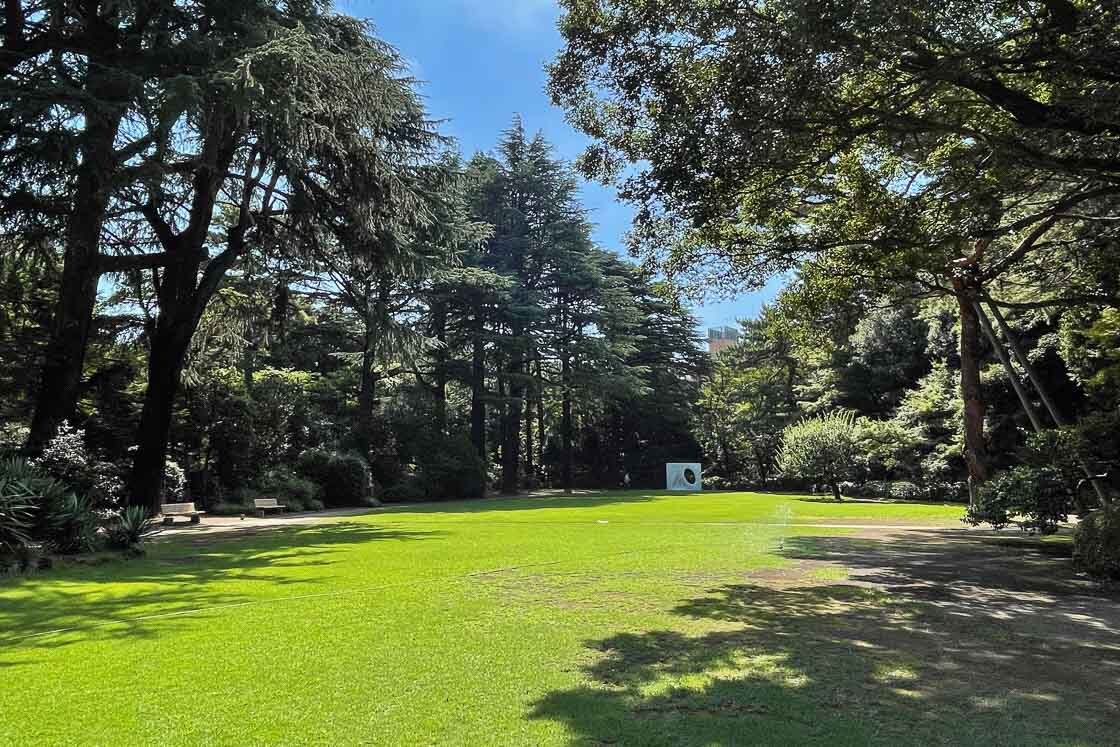
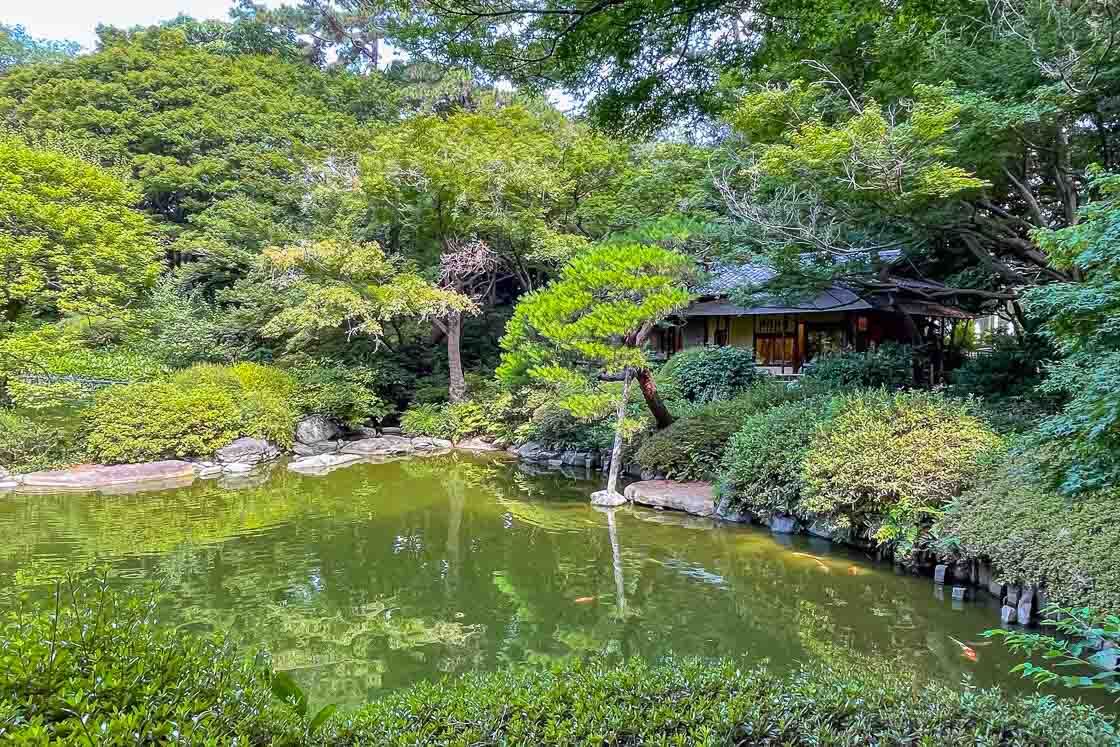
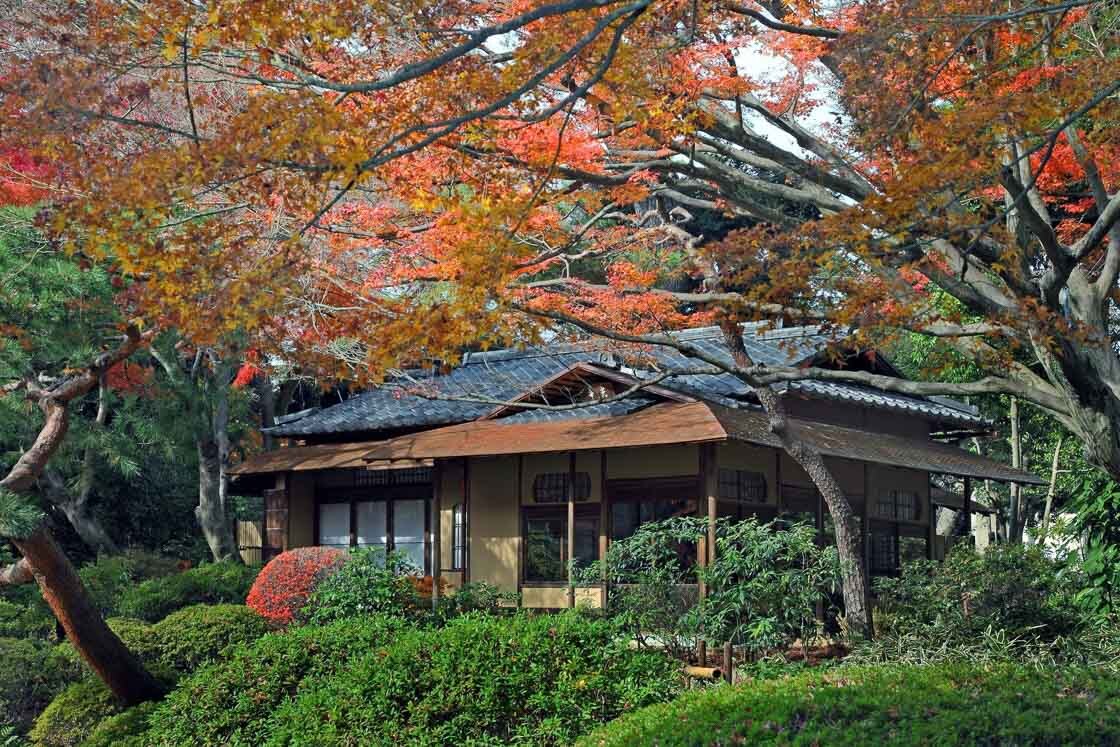
From there, I made my way across Tokyo to Tsukiji Jisaku, a beautiful traditional Japanese ryotei that is a stone's throw from the famous Tsukiji Outer Fish Market. Ryotei are traditional, high-end Japanese restaurants that offer seasonal cuisine in private tatami mat rooms. Some ryotei can arrange for entertainment in the form of geisha performances. Entering the compound, for me, was like being transported into an oasis of calm.
In addition to meal plans, experiences and activities are also offered at Tsukiji Jisaku. My purpose was to participate in a flower arrangement (ikebana) activity. I heard that tea ceremony activities are also held there, but I was particularly looking forward to my first ikebana experience. To make this first time extra special, my experience included a kimono or yukata rental, which I absolutely loved. It felt very authentic to practice flower arrangement wearing a kimono or yukata in a Japanese style room.
My introduction to ikebana was a simple yet deep lesson in arranging flowers that combined philosophy with technical details. My English-speaking instructor was very kind, and thanks to him, I managed to create my first ever arrangement. I felt proud to see my creation, and gained some understanding of flower arrangement.
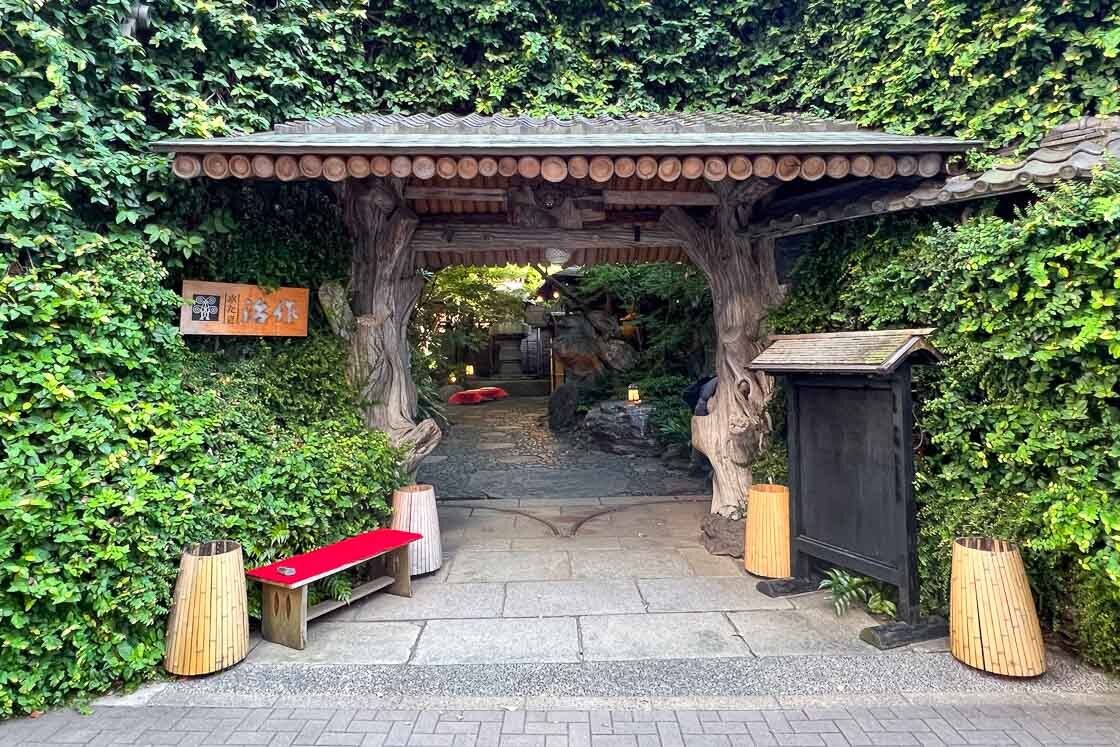
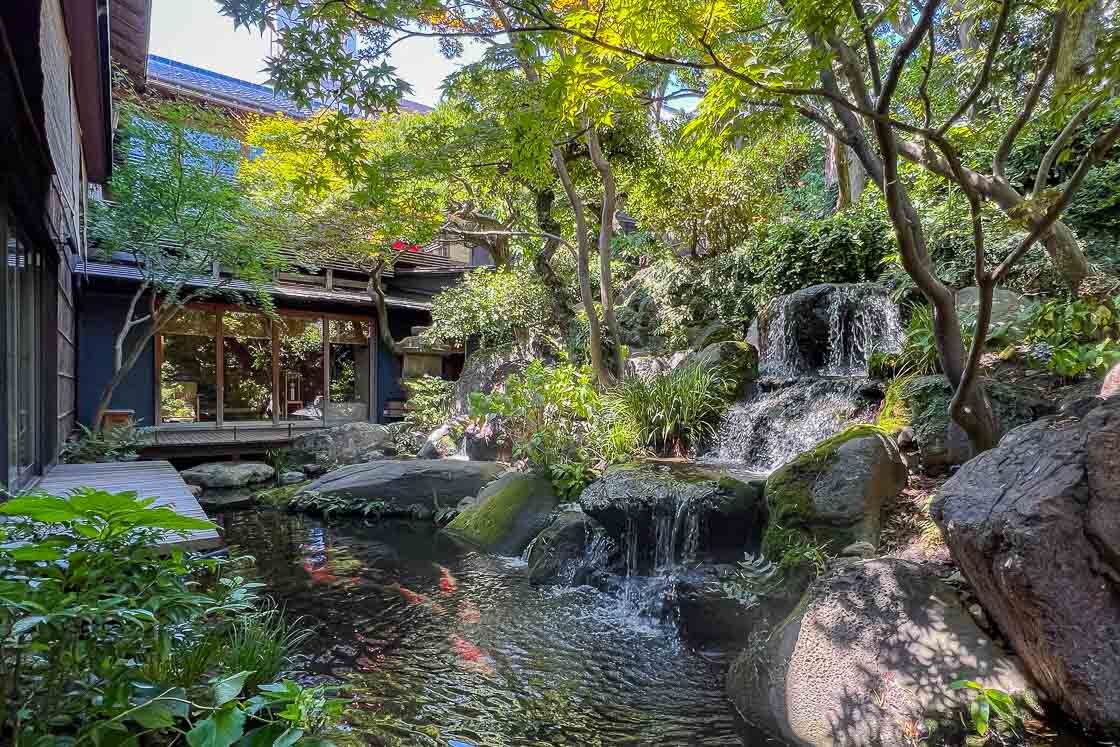
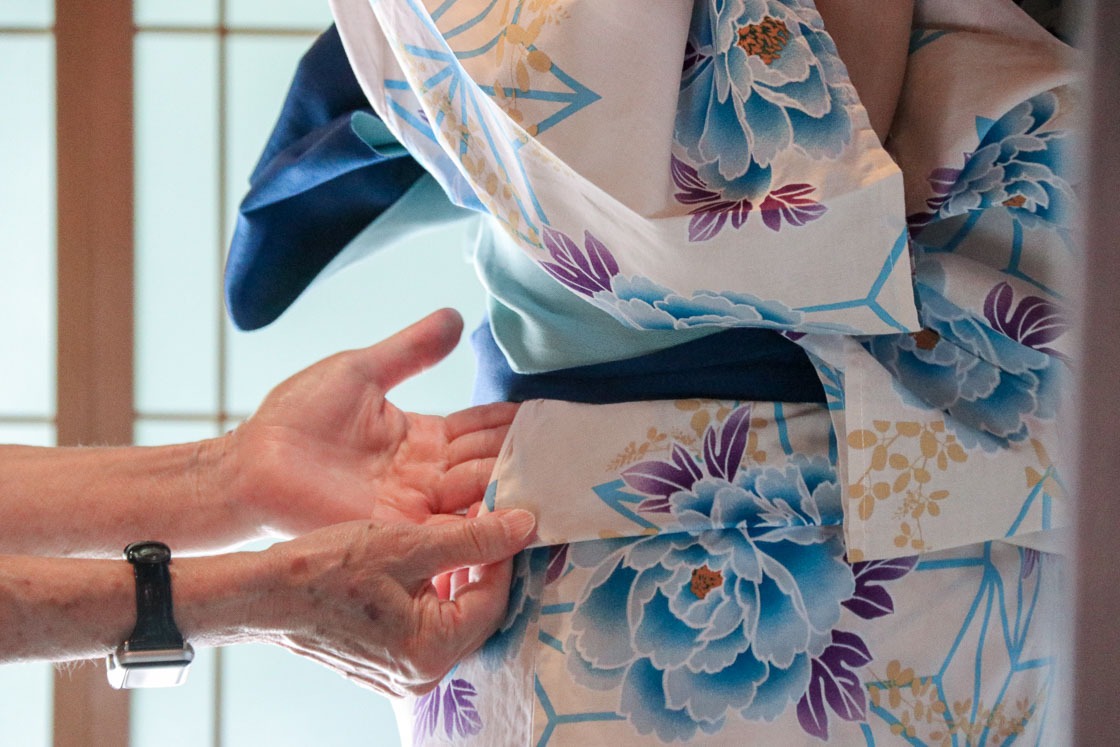
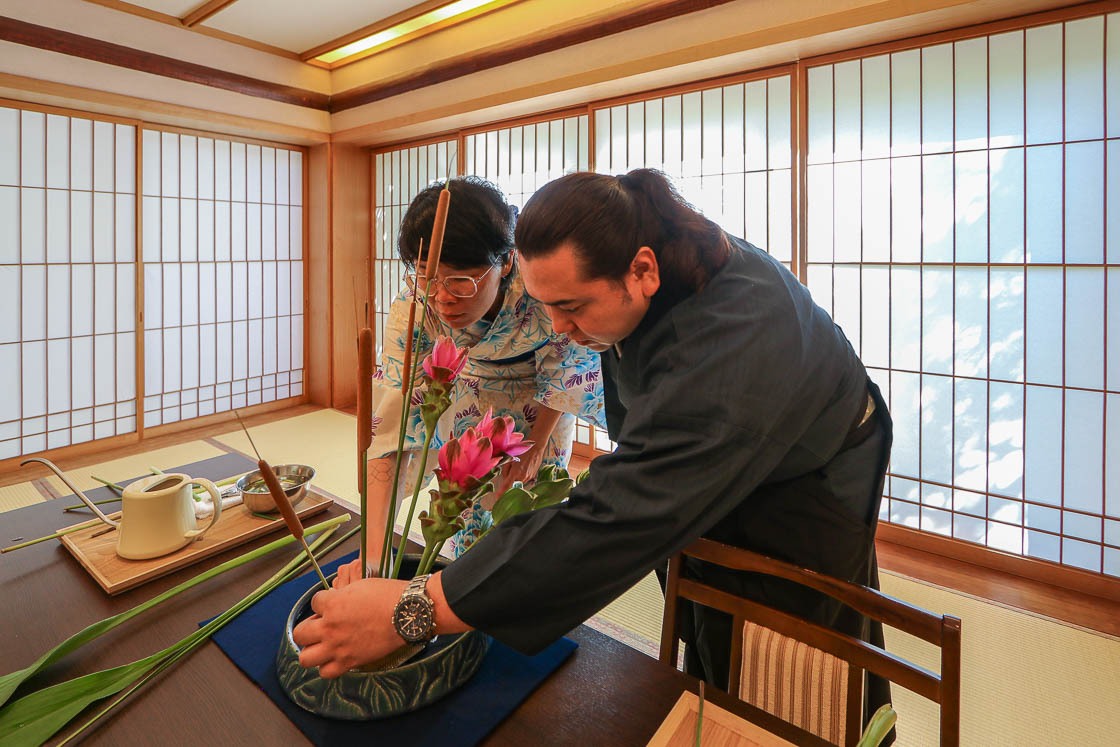
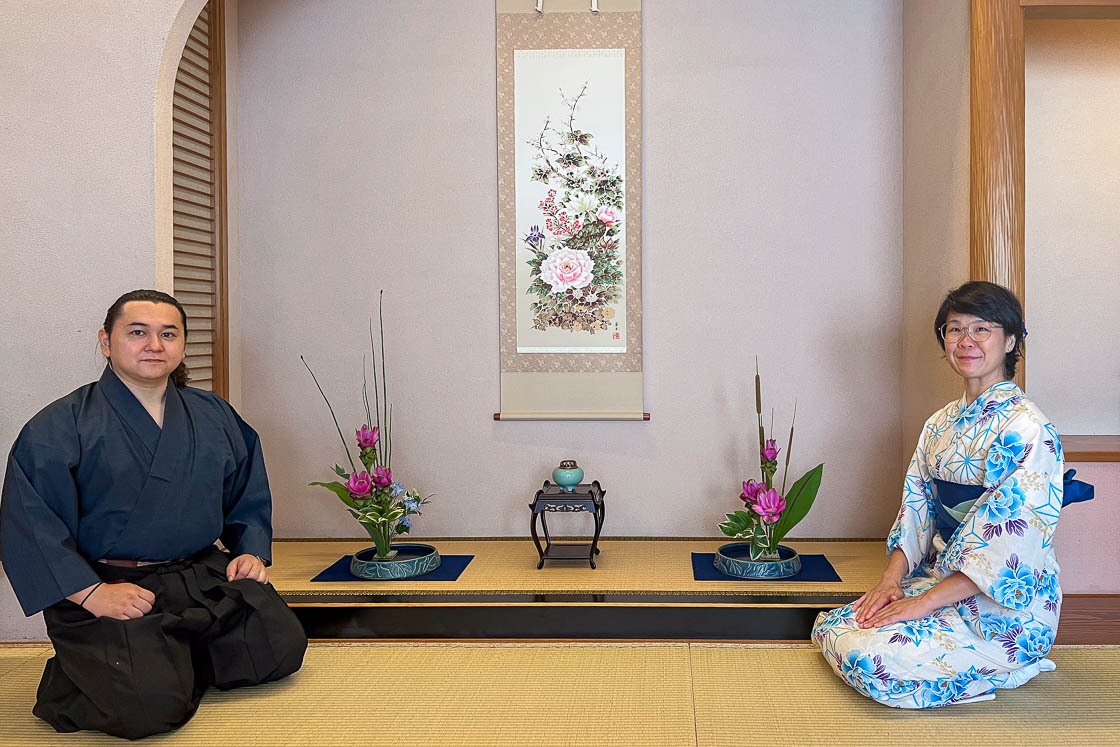
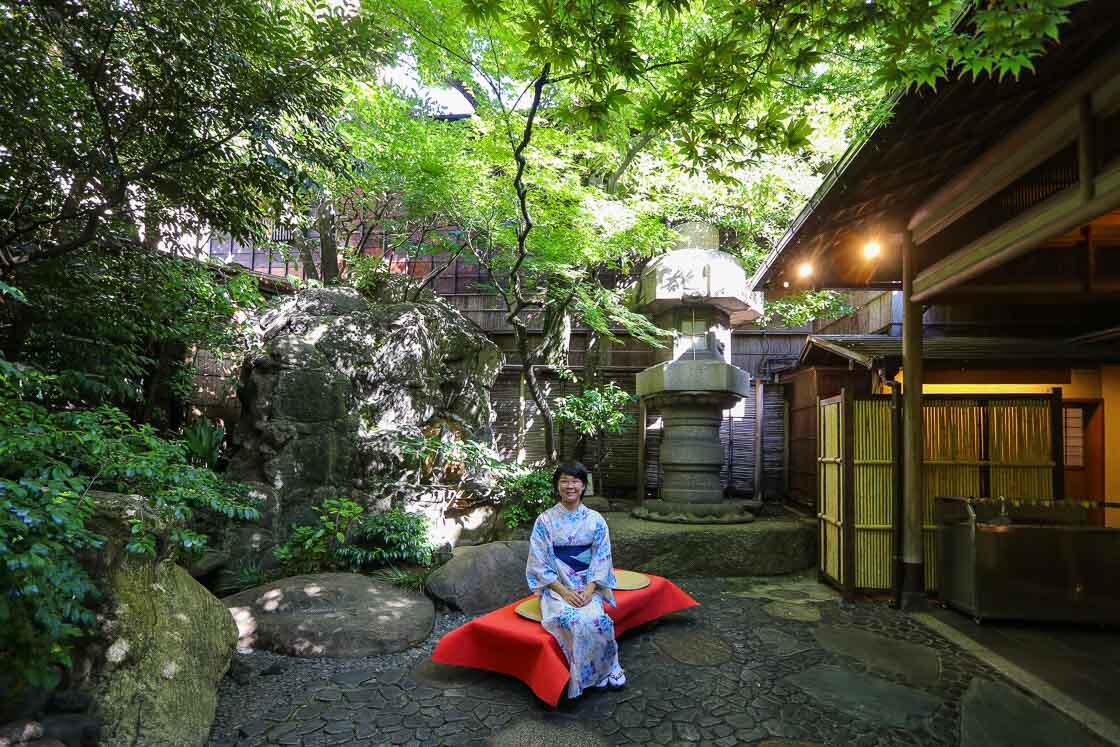
It was then a short train ride to Hotel Yaenomidori Tokyo, my hotel not far from Tokyo Station. A feature of the unassuming hotel in Tokyo is its mini garden on the 14th floor from where visitors can enjoy some nice views of the surrounding buildings. After a short rest, I headed back out for dinner.
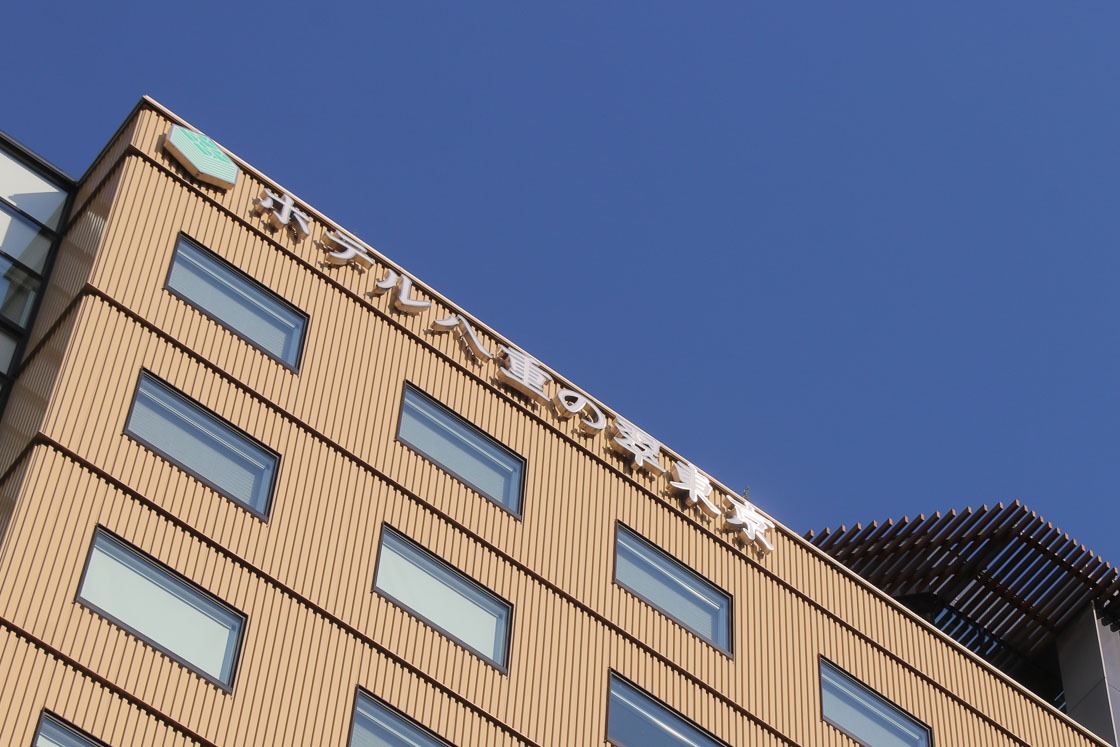
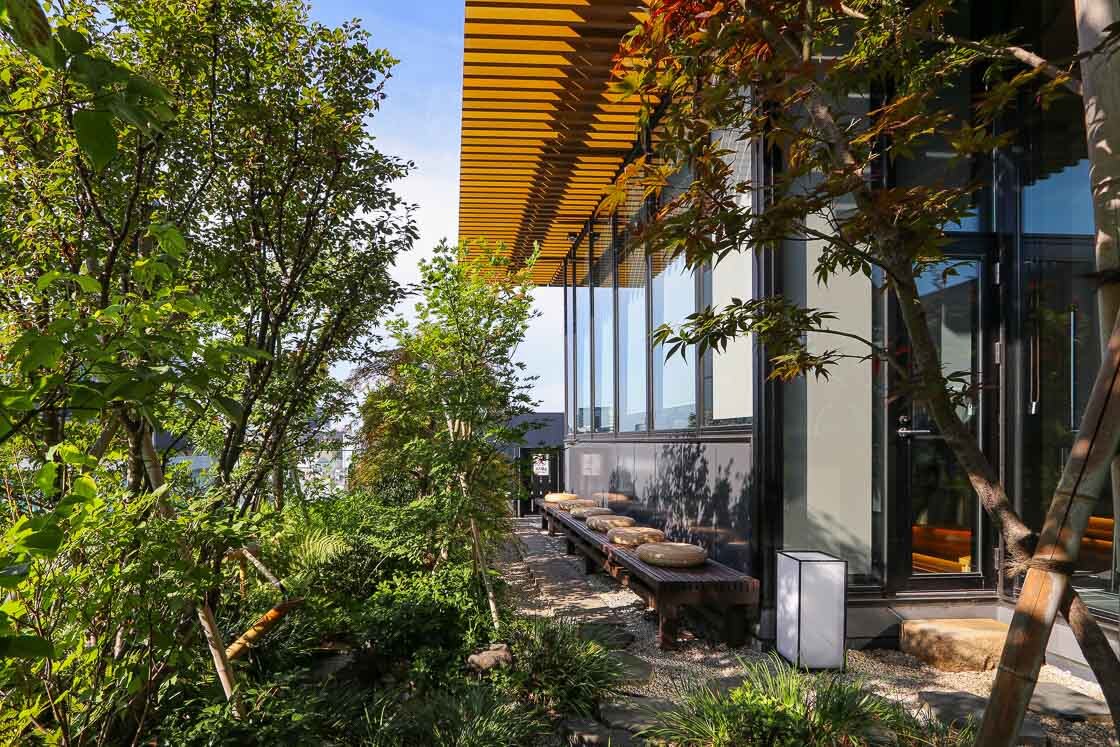
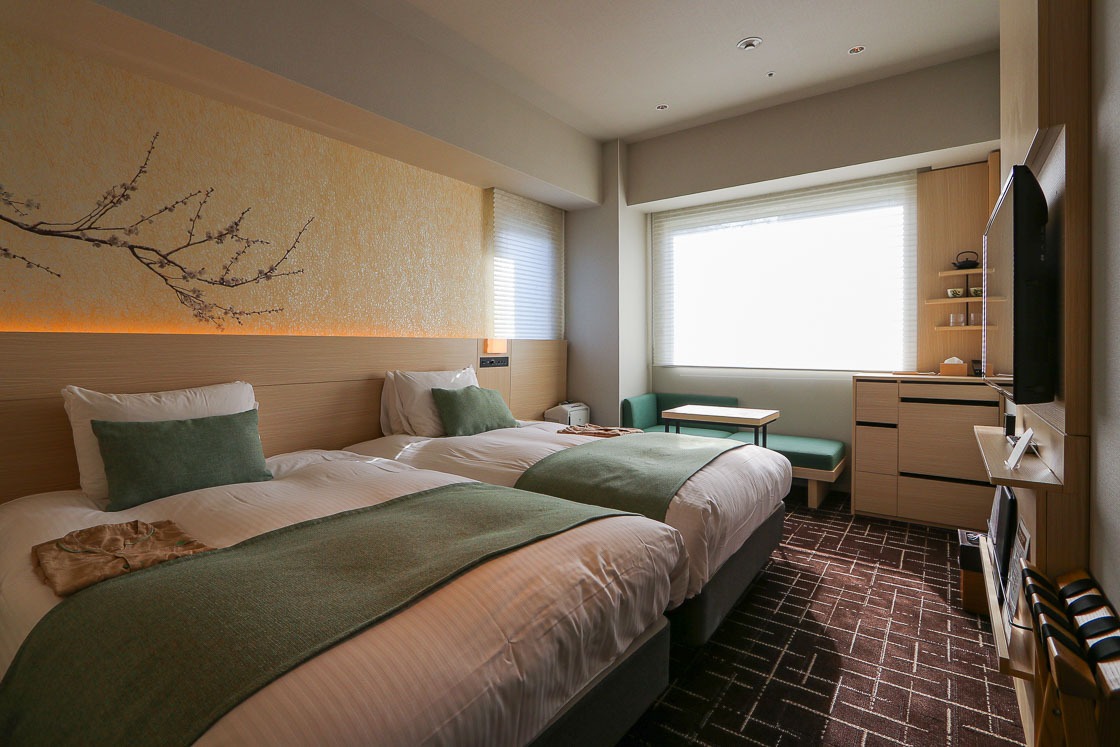
After all the train rides and traveling around, I was glad for my dinner reservation onboard the Willer Tokyo Restaurant Bus. This interesting concept combines a meal with sightseeing on an open-top double-decker bus. The three-hour meal experience was a great way to see some of the main sights of downtown Tokyo in comfort. It was yet another first time for me, seeing Tokyo from that angle.
The bus tour took me past Shibuya Scramble Crossing, Tokyo Tower, Rainbow Bridge, Odaiba, where we were given about 30 minutes to walk around, before continuing to Toyosu and returning to the starting point. I was busy snapping touristy pictures on the bus, but imagine how many more pictures there would be during the cherry blossom and autumn color seasons as the route passes some places with nice seasonal colors.
I took a nice stroll back to my hotel after the bus tour ended, thinking back to how much greenery I had seen and experienced in just one day. Tokyo is not just a concrete jungle, the greenery is there, just hiding in plain sight!
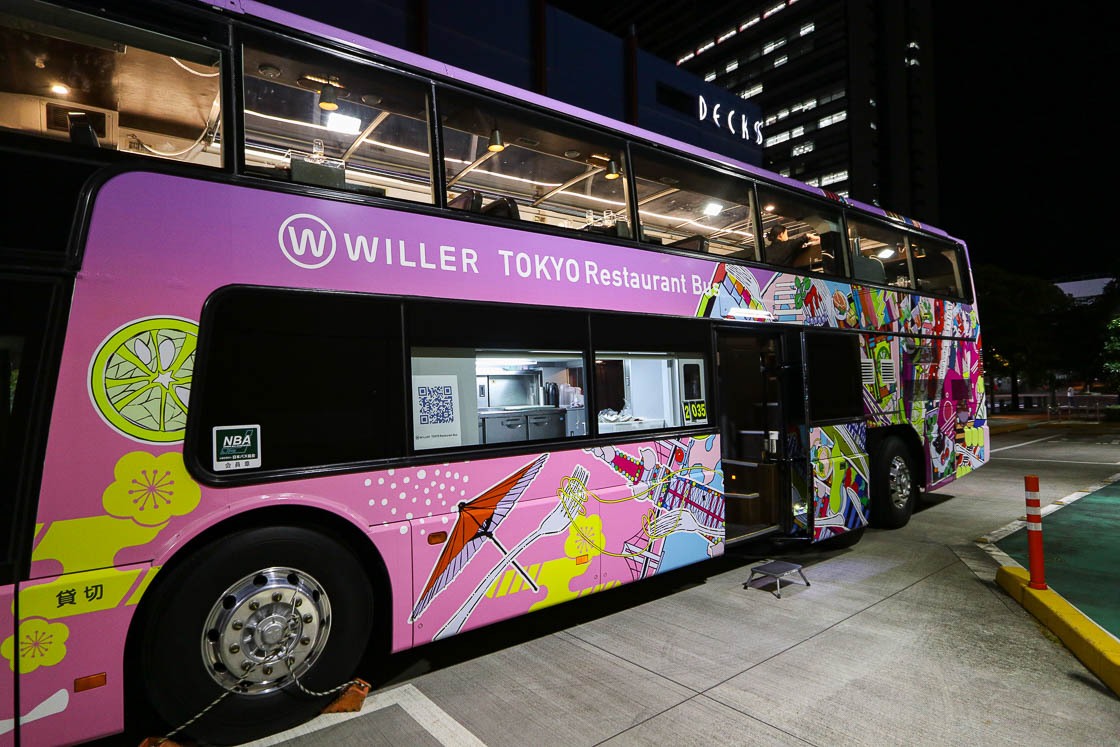
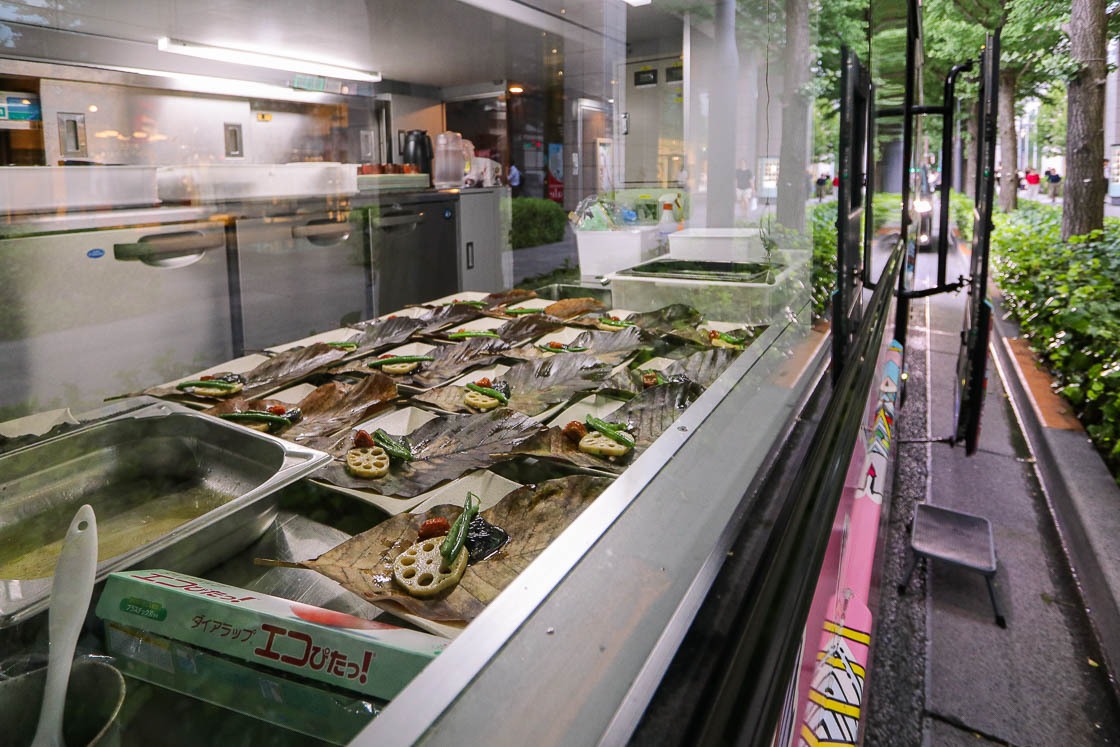
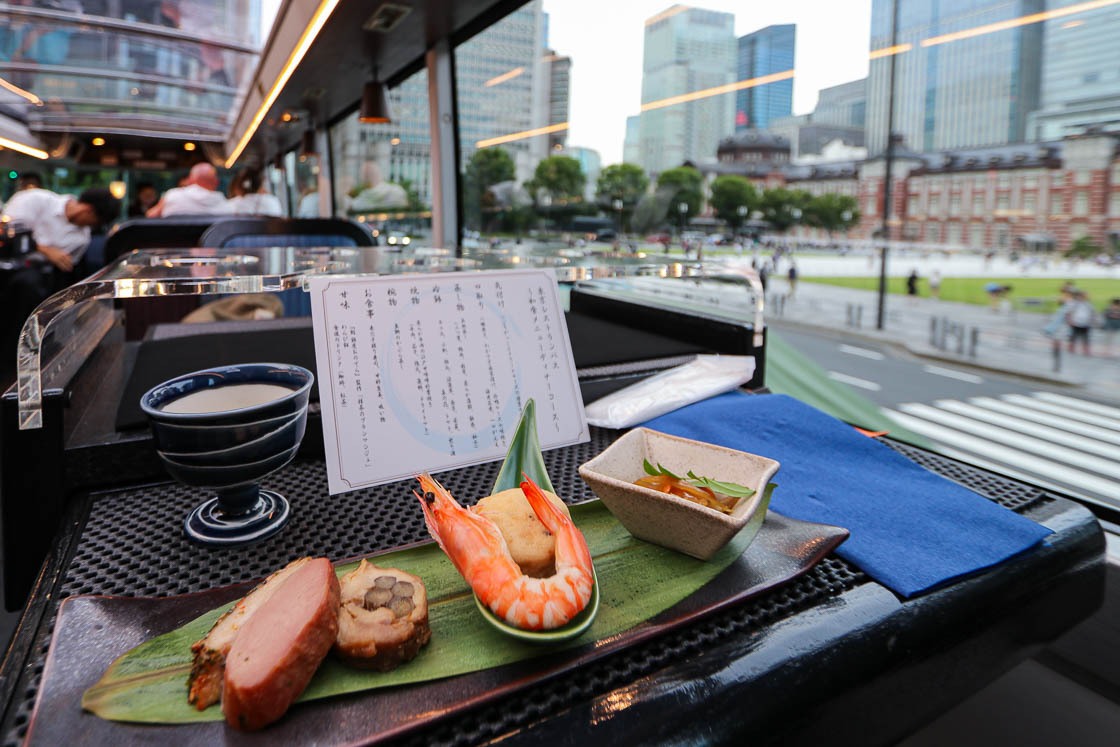
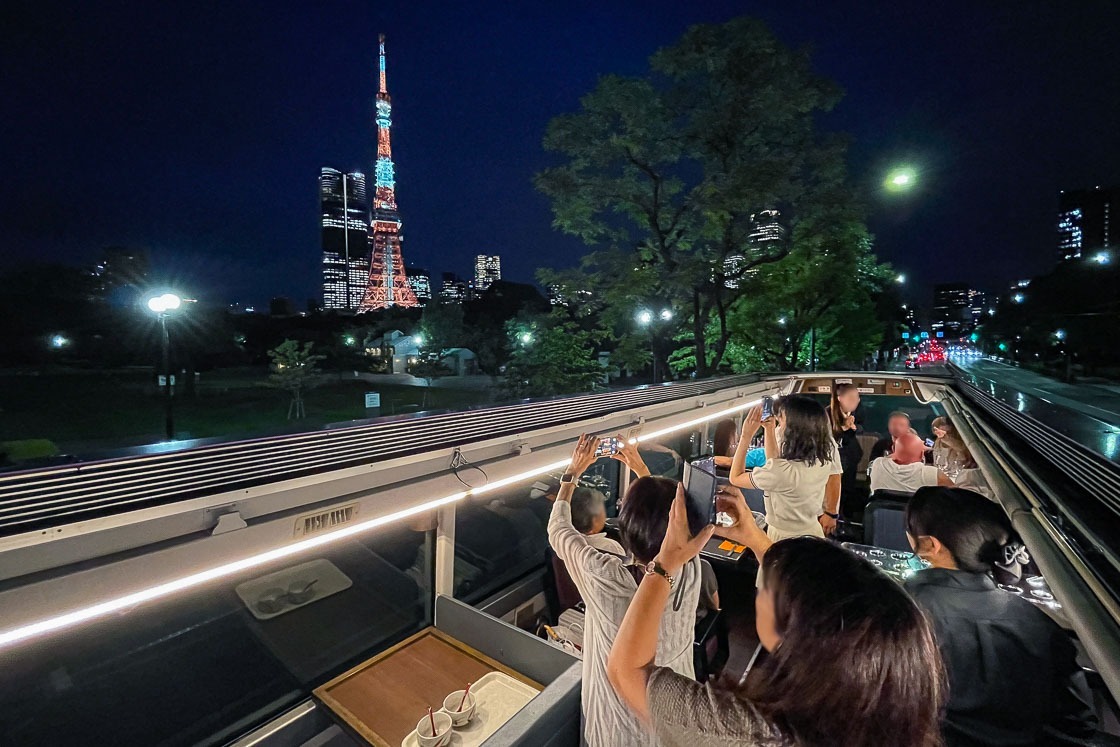
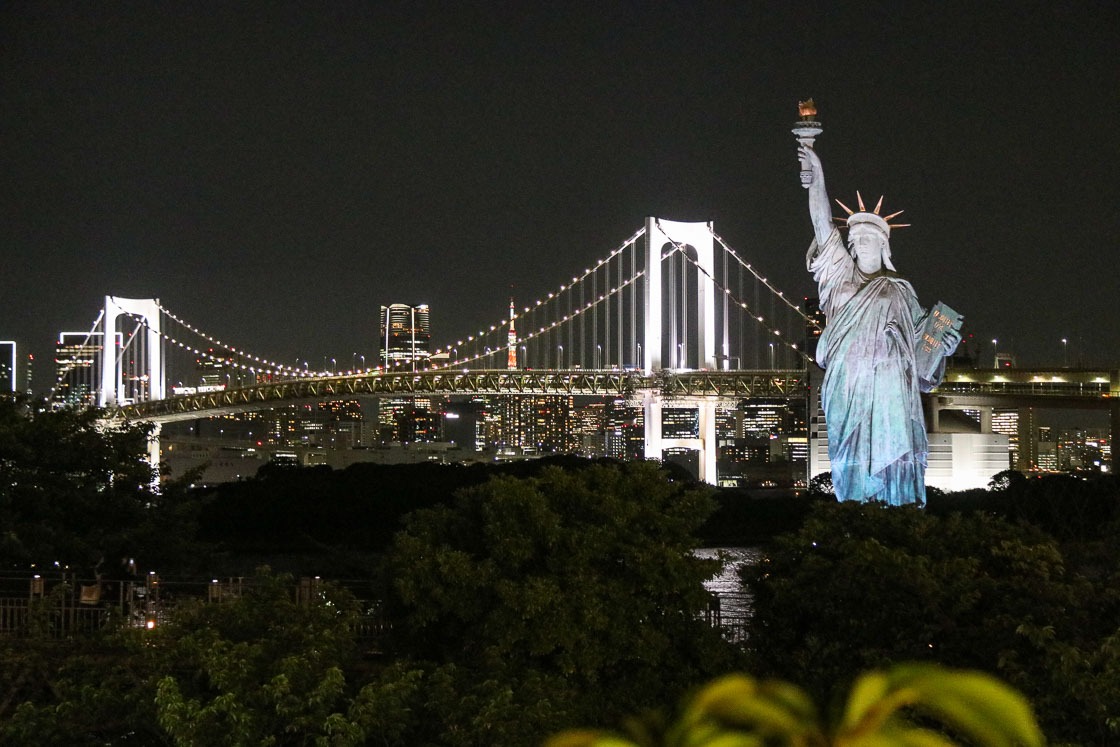
Day 2: Kairakuen Garden and traditional craft in Mito
Today, I moved to Mito, the capital of Ibaraki Prefecture. During the feudal period, Mito was chosen as the base for one of the three important family branches of Tokugawa Ieyasu, the founder of the Tokugawa Shogunate. The other two family branches were based in Owari and Kishu, in present-day Nagoya and Wakayama cities respectively. Mito became a power base in the region because of this backing, and today, connections to that past still remain.
My first stop in Mito was Kairakuen Garden, the pride and jewel of Mito, and one of the three best landscape gardens in Japan - the other two are Kenrokuen in Kanazawa and Korakuen in Okayama. Conceived by Tokugawa Nariaki, the ninth lord of Mito, in the 1830s to be enjoyed by himself and the people, Kairakuen was officially completed in 1842 over 180 years ago. Interestingly, this ninth lord of Mito is the father of the 15th and last shogun of the Tokugawa Shogunate.
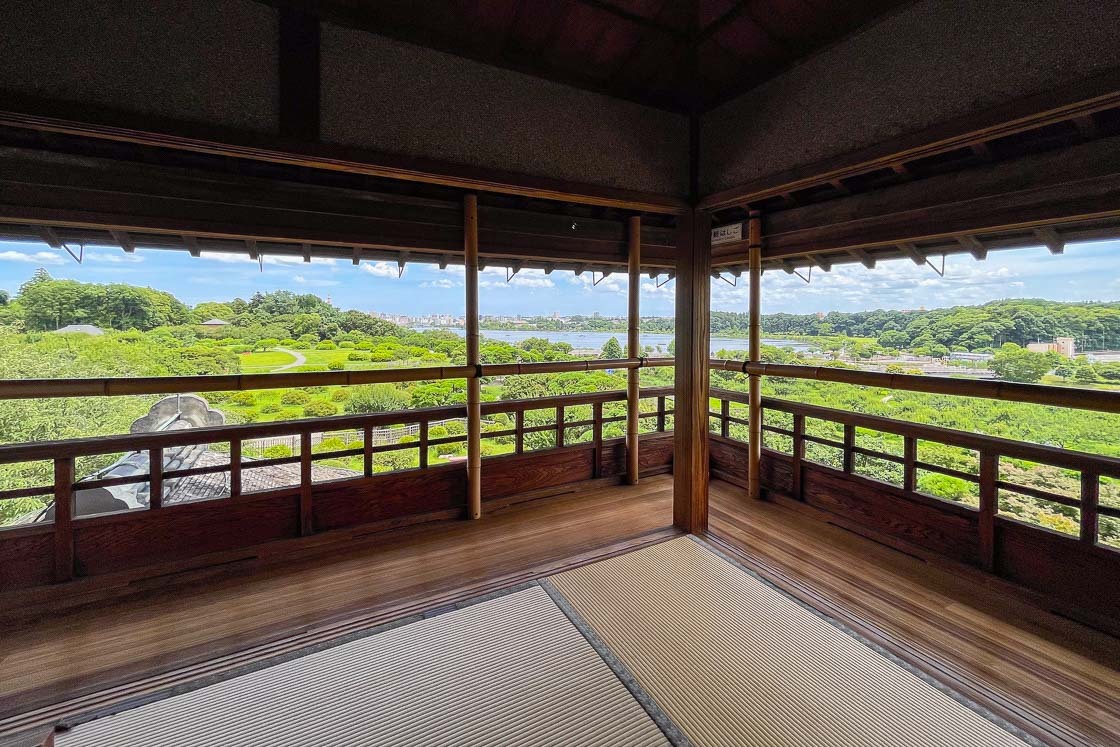
Nariaki had thousands of plum trees planted in Kairakuen, and even up to today, early spring is the most well-known season at Kairakuen, when the thousands of plum trees flower, filling the air with the sweet scent of plum and skies with beautiful blossoms. The name Kairakuen translates to happiness together with the people as it was built for and open to the commoners during the feudal period. Centuries on, Kairakuen still provides locals and visitors happiness all year with its seasonal flowers to quiet strolls to appreciating scenic viewpoints from different parts of the garden.
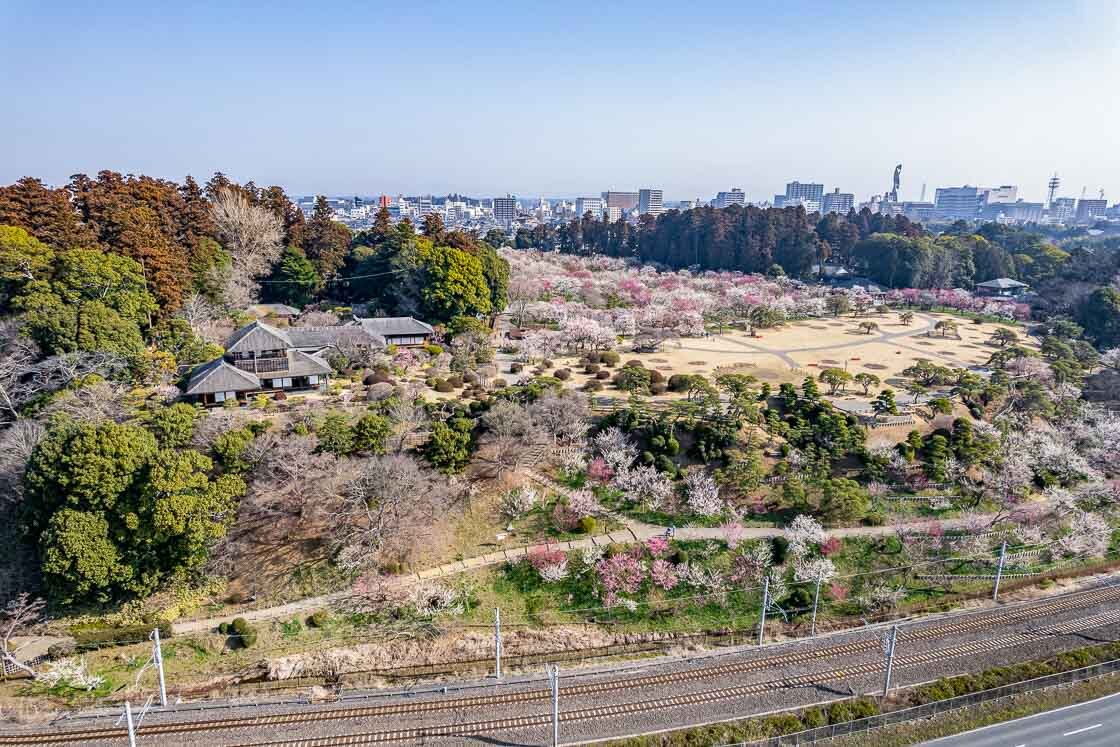
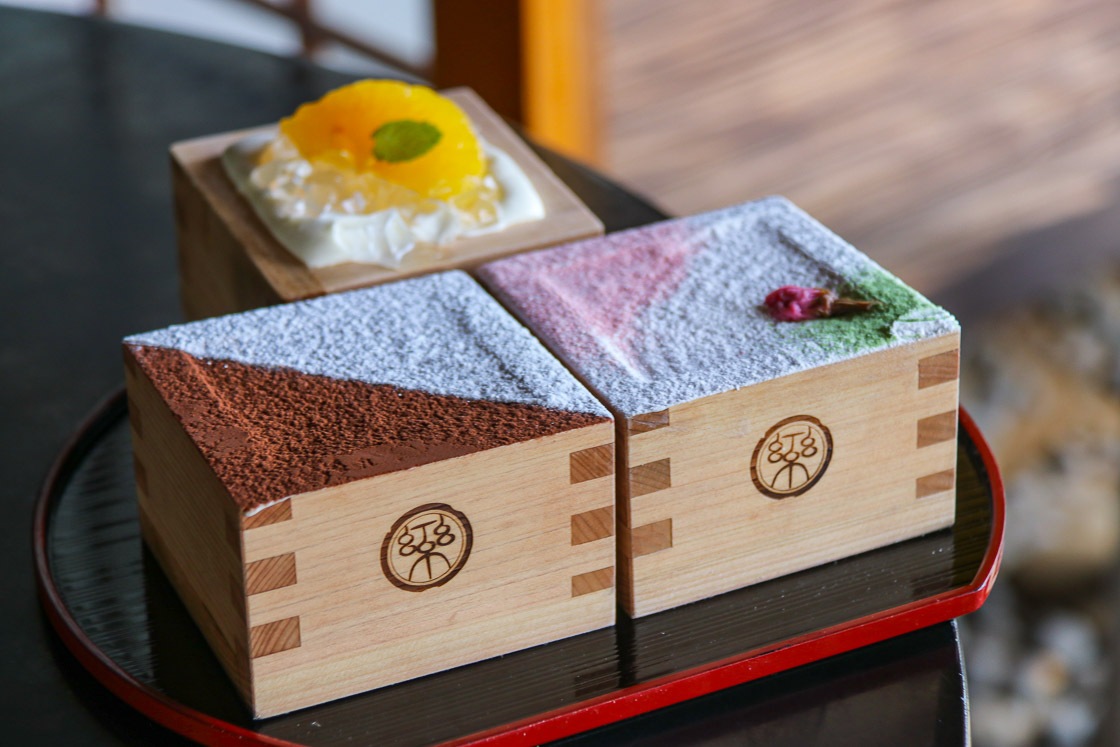
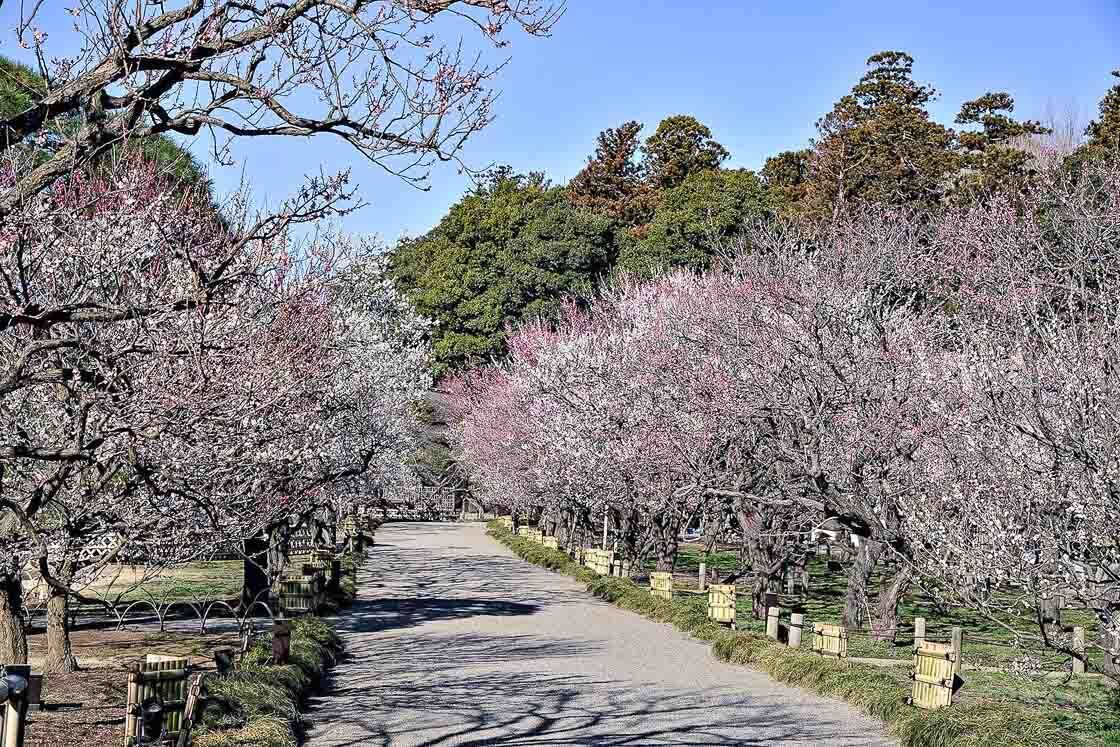
Following that lovely time at Kairakuen, I made my way to Suzuki Mohei Shoten, paper lantern shop, to make an original paper lantern. During the feudal period, making paper lanterns or chochin were said to be the side hustles of lower-level Mito samurai who had to make ends meet. Over time, Mito Domain paper lanterns, also known as Suifu Chochin, became popular. Mito became one of the major producers of paper lanterns, and the skill is now a traditional craft.
The paper lantern making workshop at Suzuki Mohei Shoten takes about 90 minutes. The activity follows the actual process of making a chochin: mold assembly, string wrapping, gluing and paper stretching. It was quite the experience, and I thought it made for a very unique souvenir.
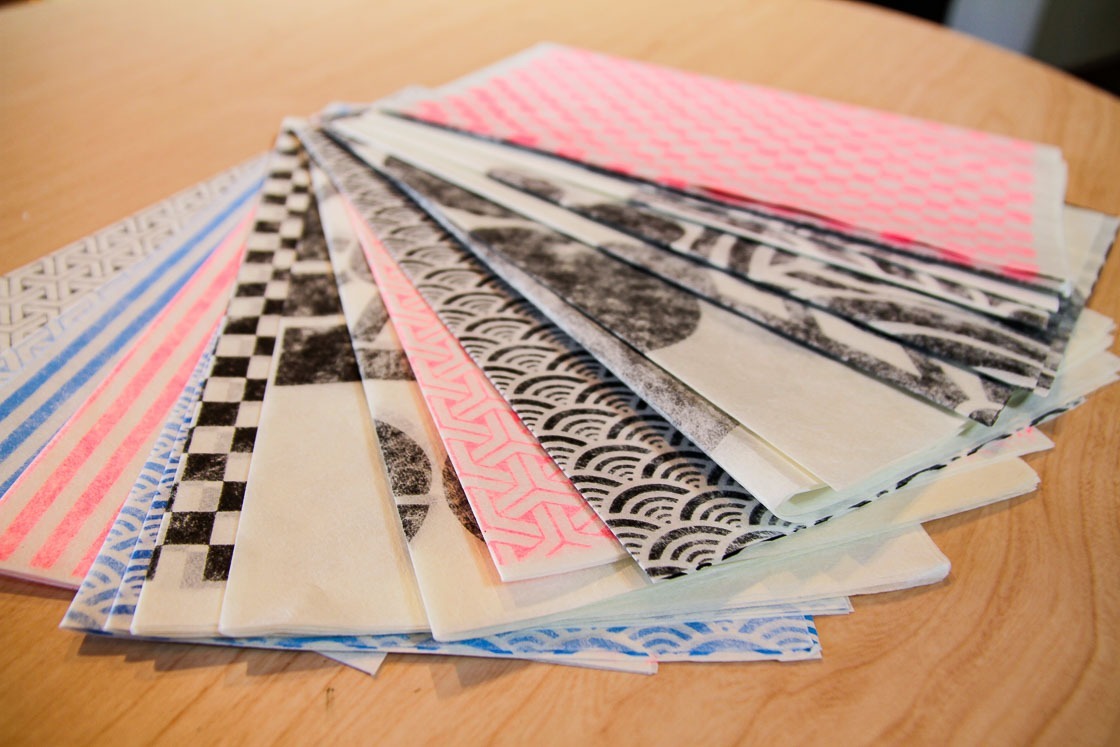
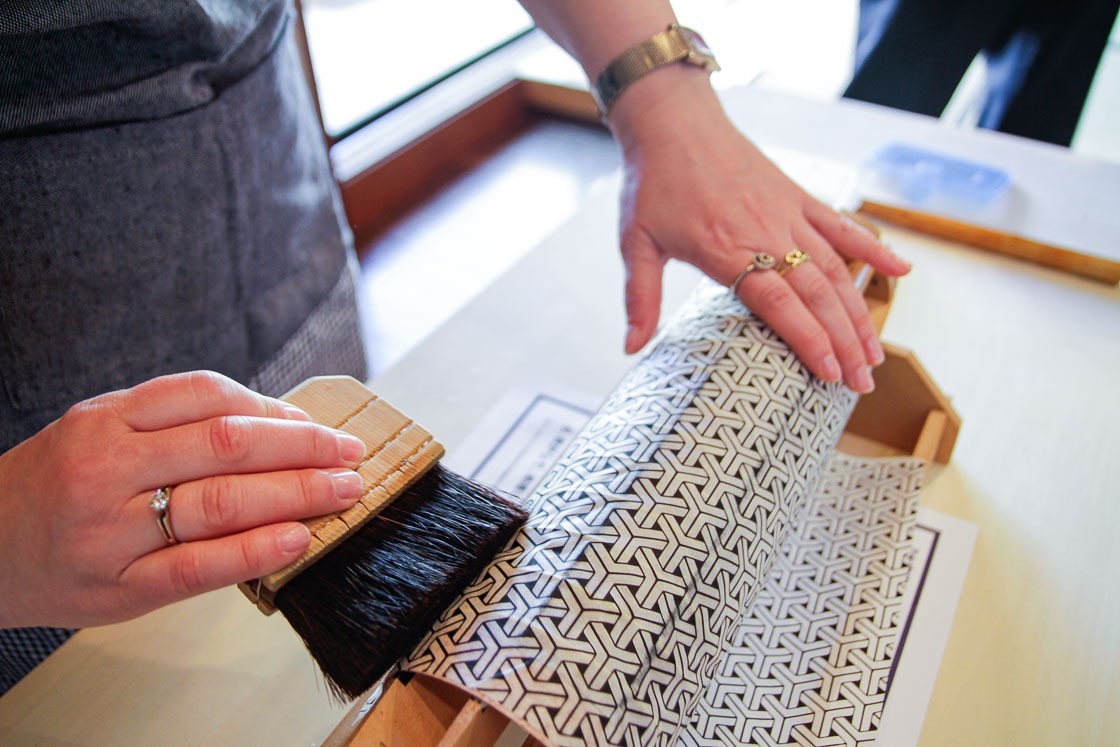
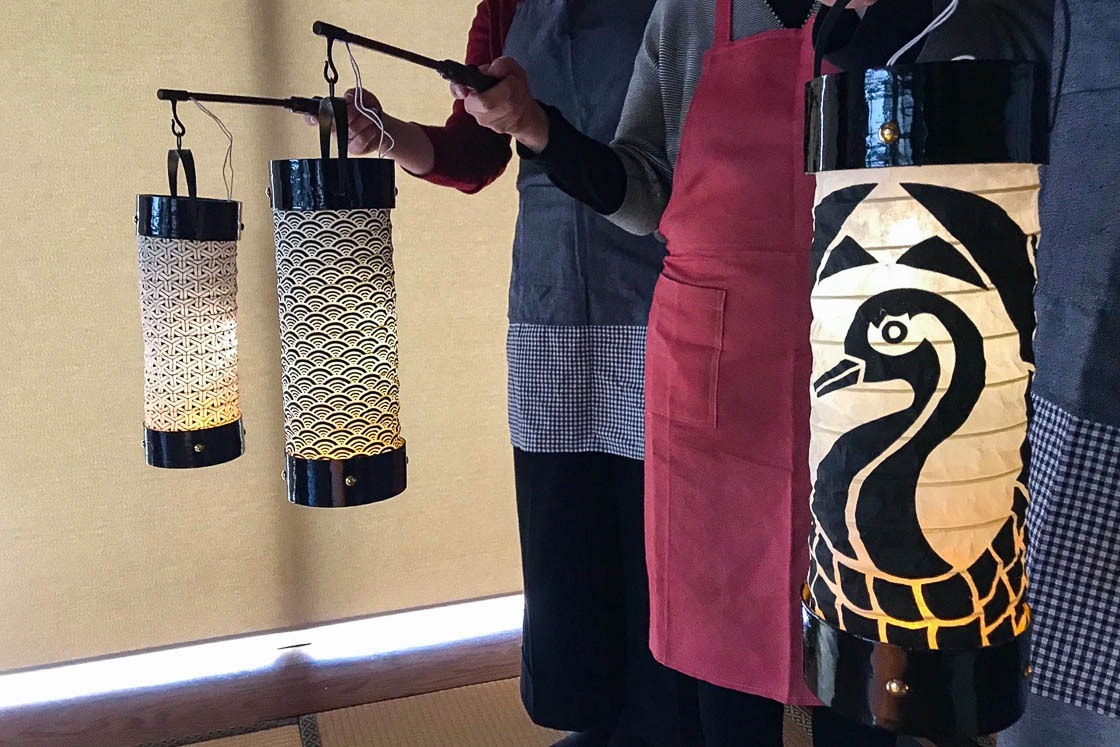
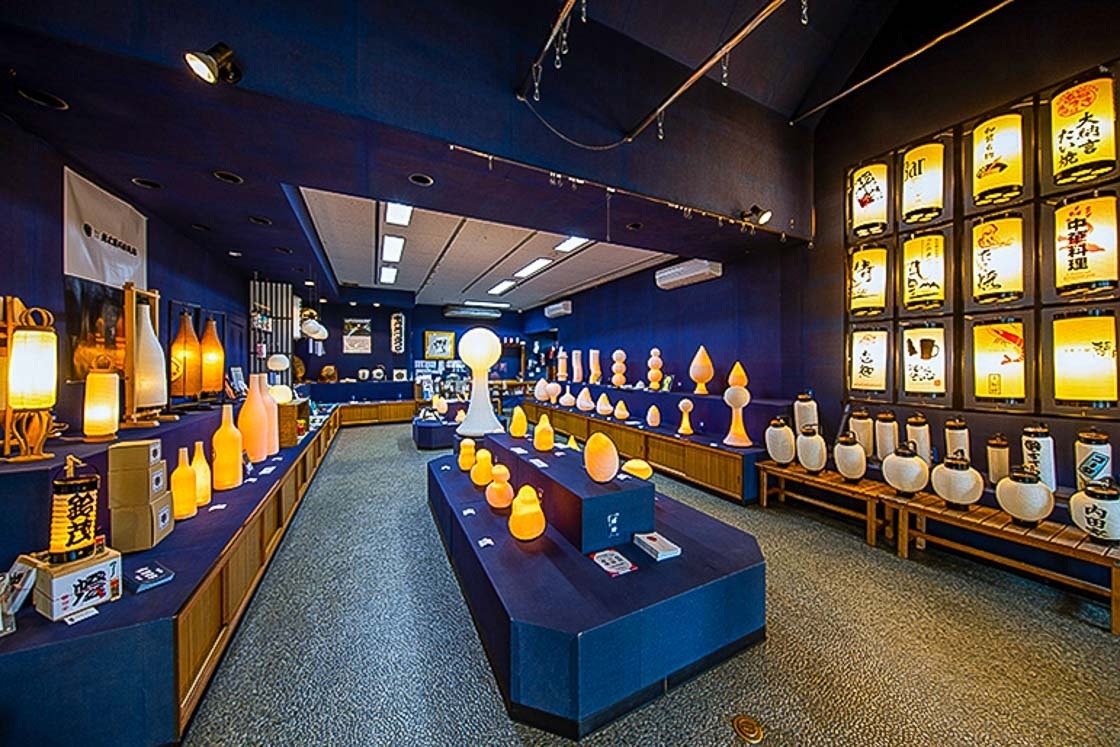
Before knowing that paper lanterns are a traditional craft of Mito, I missed out on all the clues before me from the moment I arrived in Mito in the morning. However when I returned to Mito Station, I noticed all the paper lanterns about town and in the station. It is true that you miss out on what you don't know. So dear reader, now that you've read this, I hope you fare better in spotting the clues.
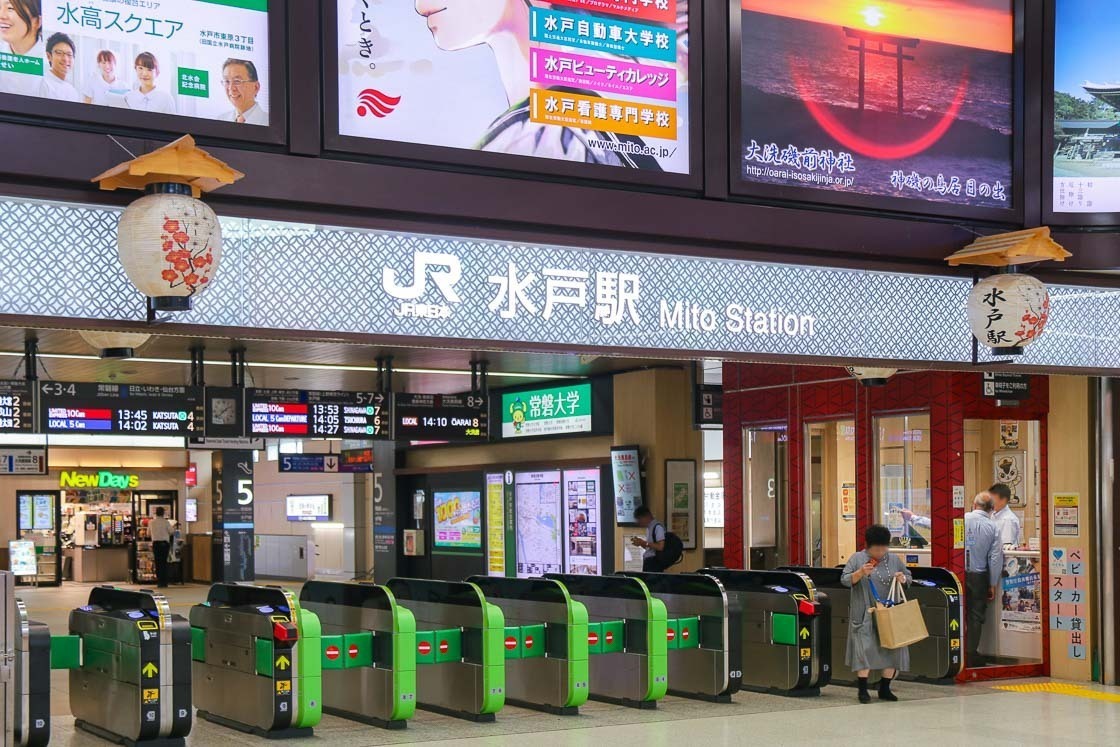
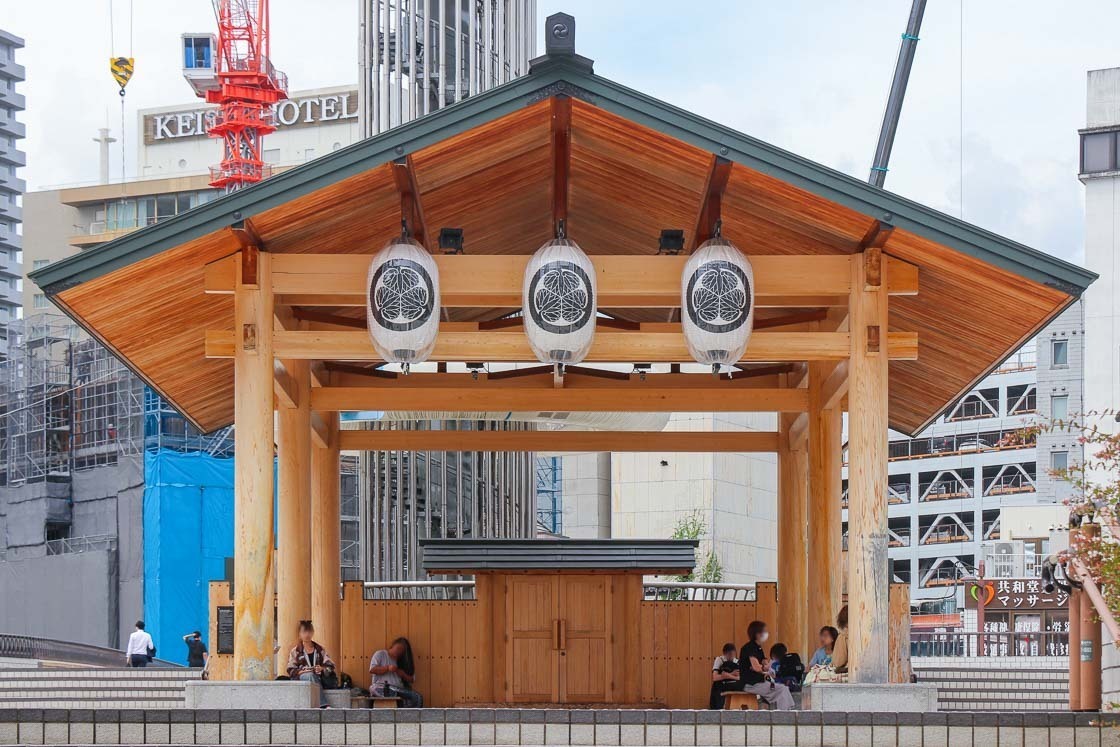
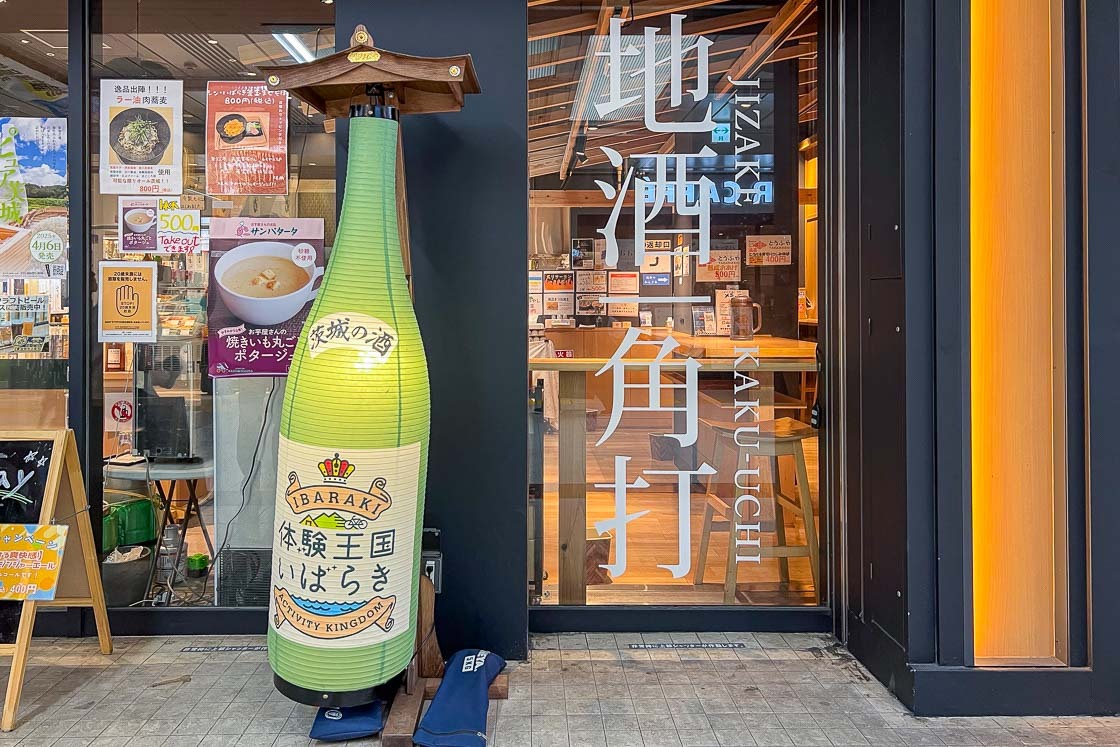
Back at Mito Station, I took the local railway to Oarai, where I spent the night.
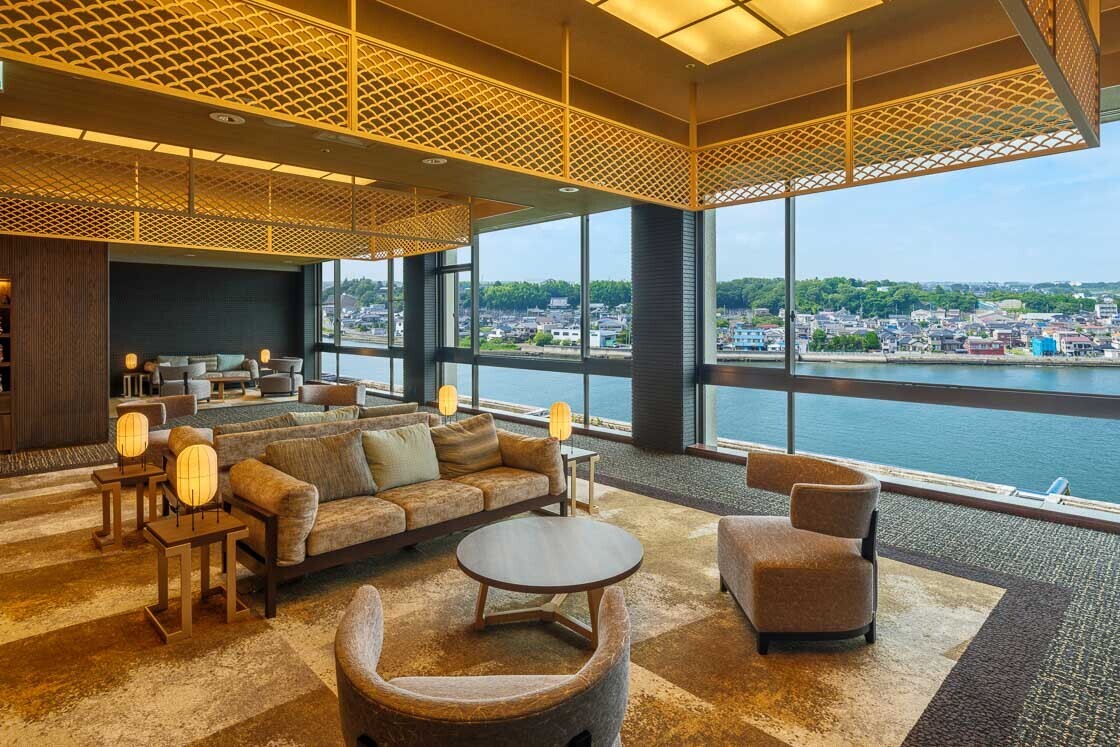
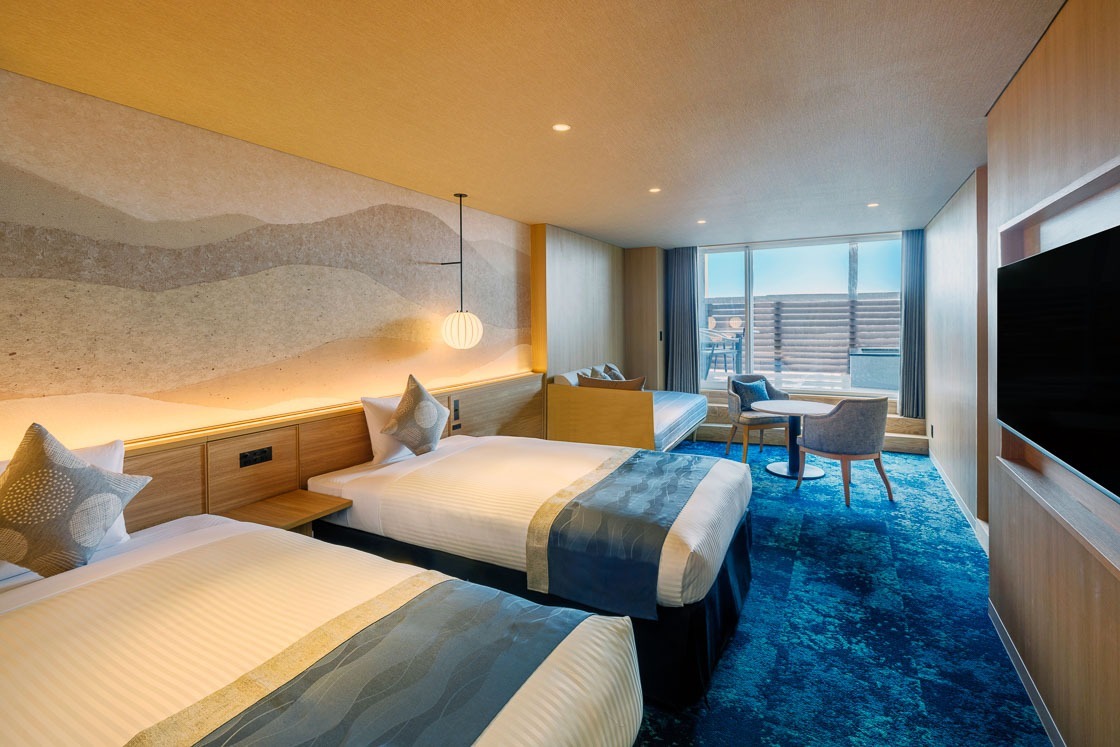
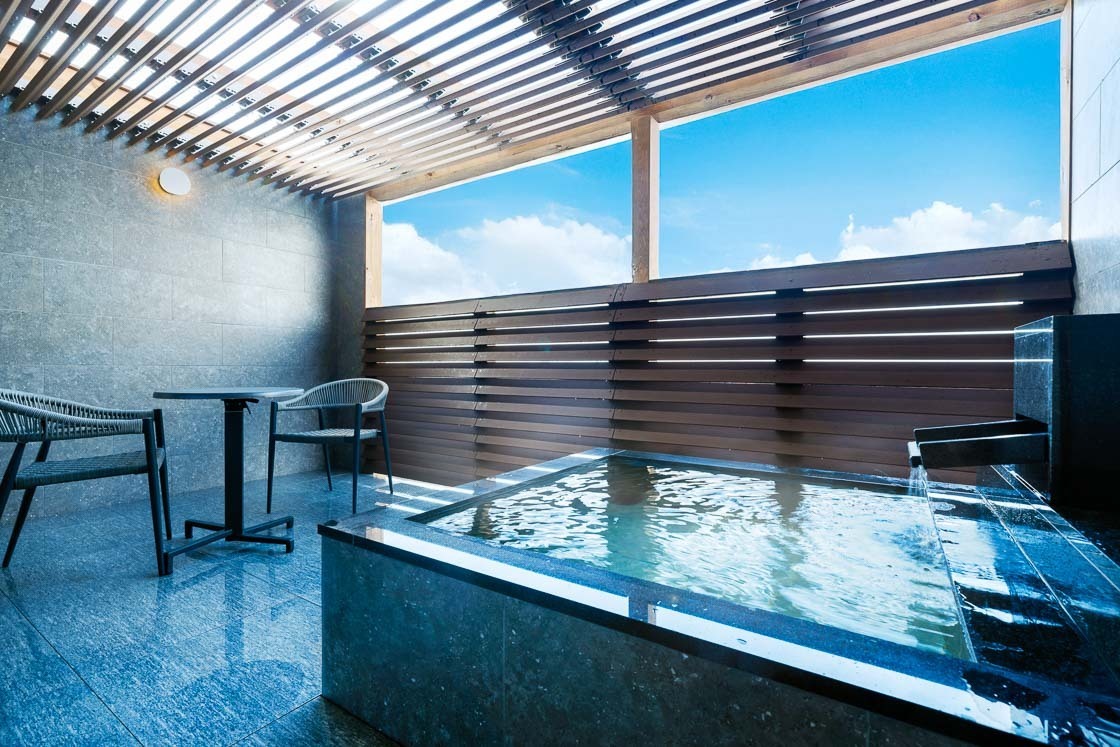
Day 3: Shrines, fish market and park by the ocean in Oarai Town and Hitachinaka City
My third and last day was spent by the sea in Oarai Town and Hitachinaka City, starting with one of the most well-known spots in Oarai as well as in Ibaraki.
Oarai Isosaki Shrine is a famous shrine in Oarai and the region. Known for its torii gate in the ocean, the shrine is a popular photo spot to see the sun rising from beyond the torii gate in combination with the waves crashing on the rocks the gate stands on. Oarai Isosaki Shrine is especially popular on New Year's Day, when many go to see the first sunrise and pray for the new year at a shrine.
It is said that Oarai Isosaki Shrine was established in the mid-9th century on a hill, and the torii in the ocean marks the spot where the enshrined god was said to have descended. The shrine buildings, while not the original ones, date back to 1730s, and are nonetheless still impressive.
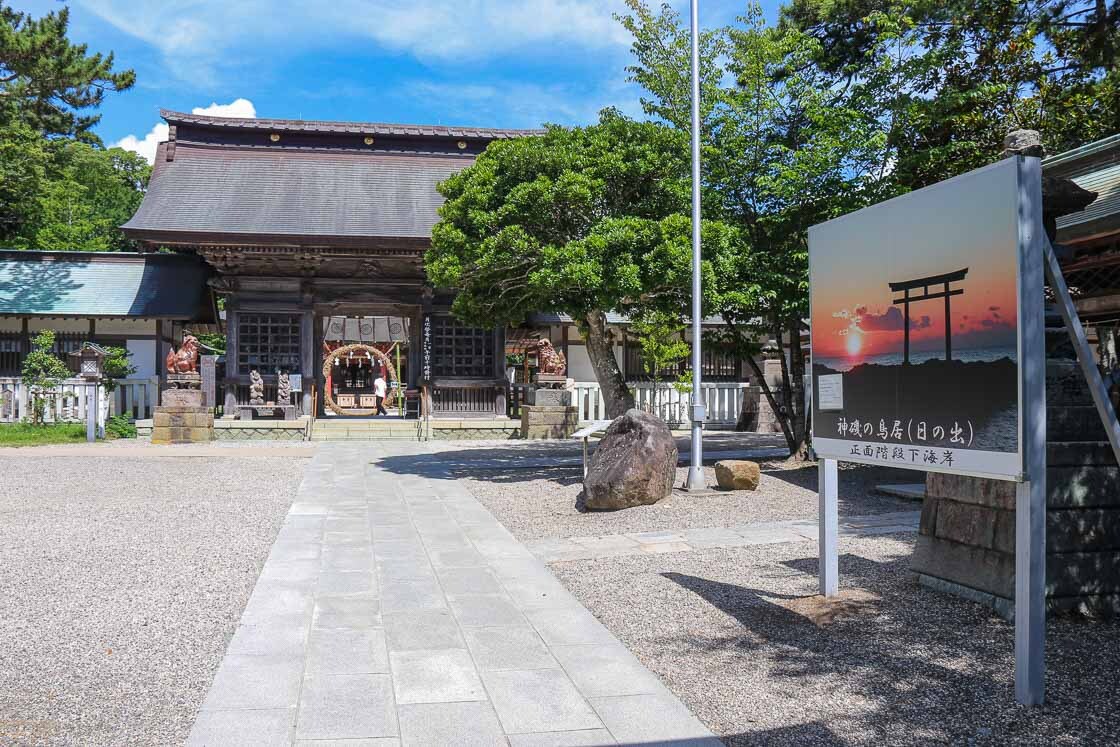
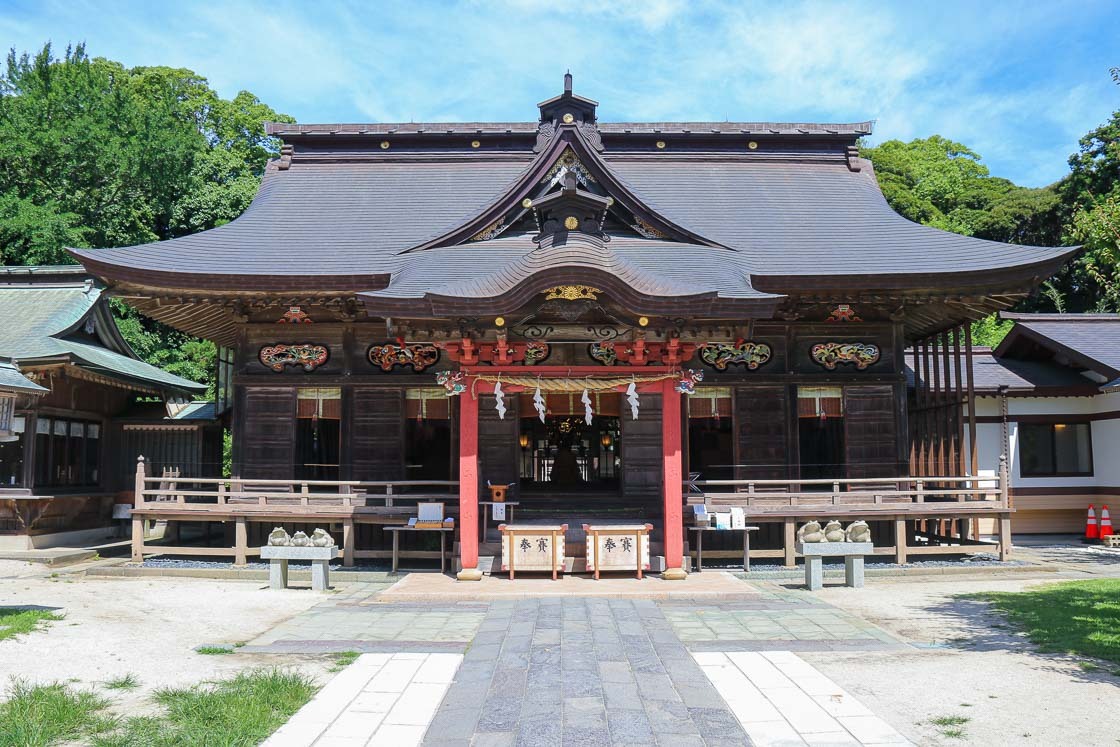
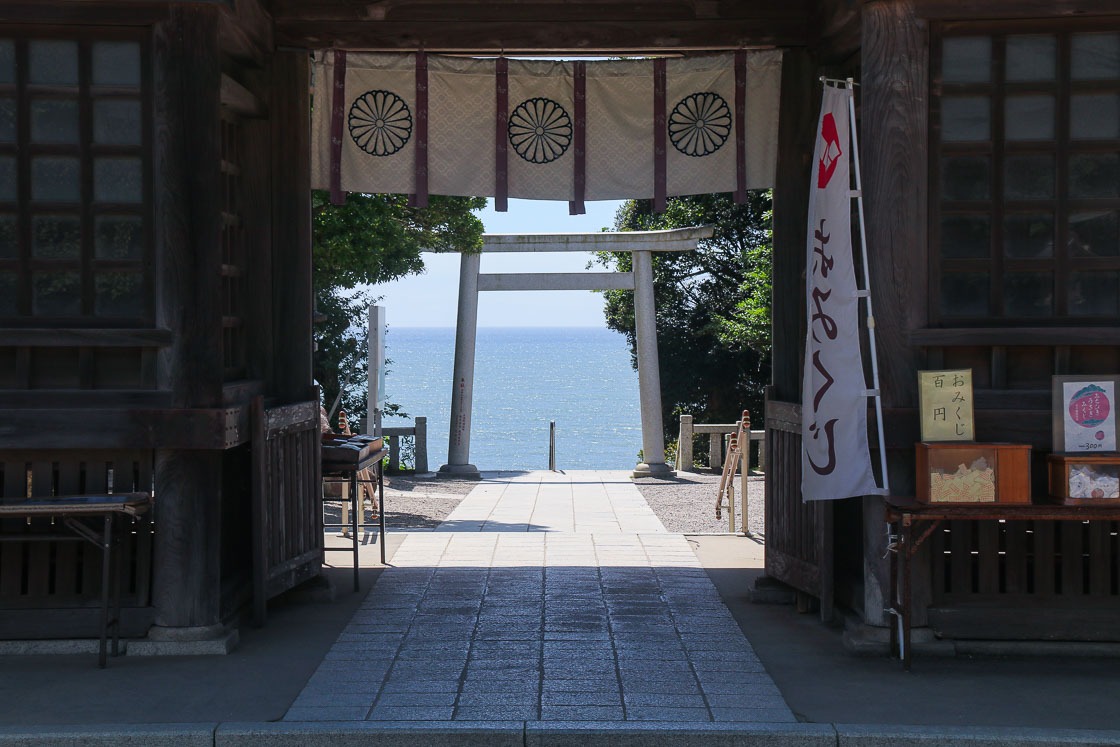
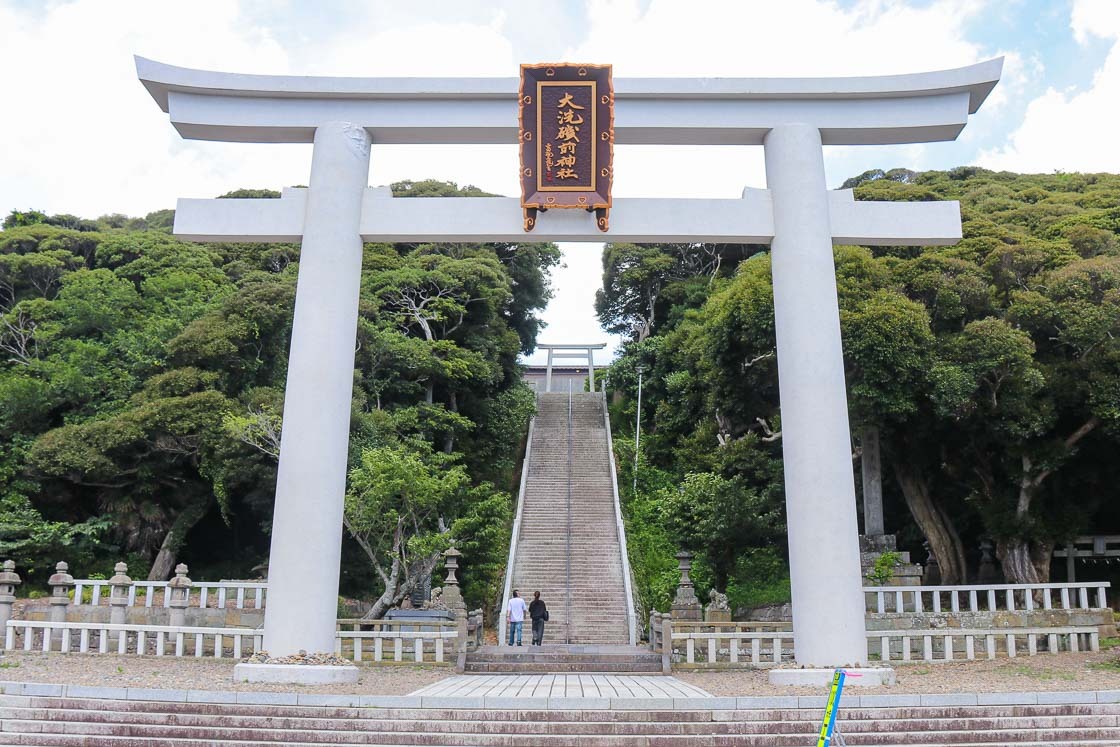
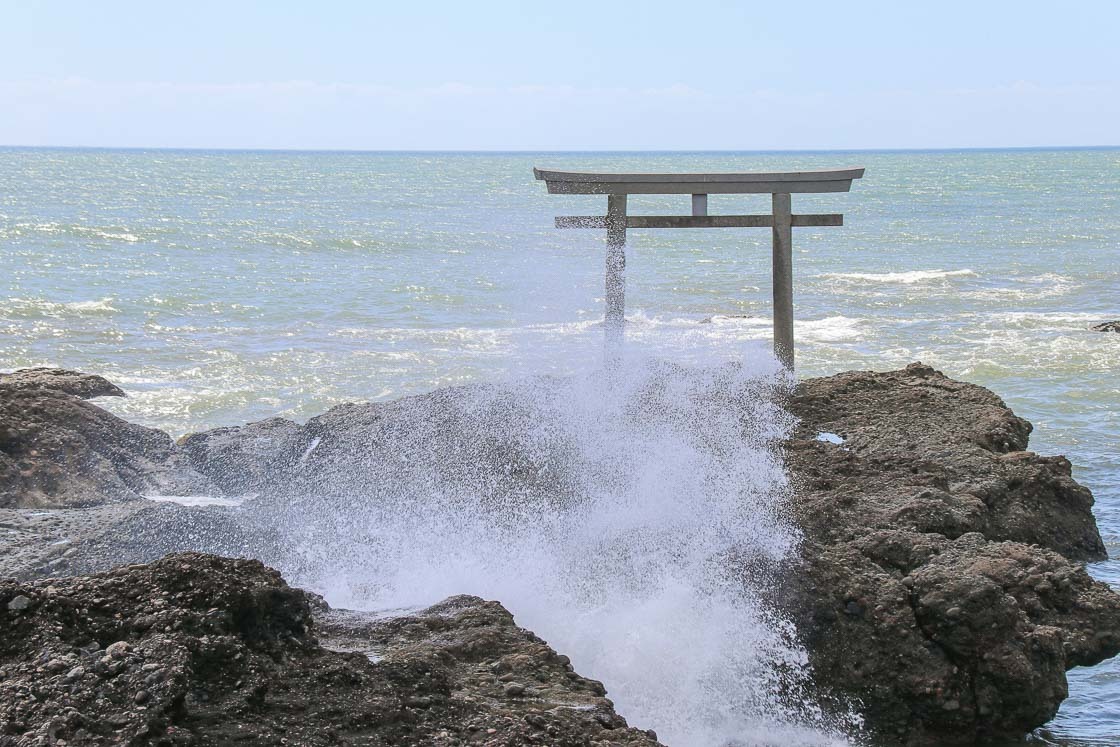
From the shrine, I took a bus to Nakaminato Fish Market, a local seafood market and one of the best-kept secrets in the region. Central Tokyo has the Toyosu Market, which I saw from the Willer Tokyo Restaurant Bus tour, and the Tsukiji Outer Market, a stone's throw from Tsukiji Jisaku on my first day, and Mito and Oarai have Nakaminato Fish Market. While the scale is not as large as the ones in central Tokyo, this compact fish market is nevertheless still very exciting with fresh, seasonal seafood displayed for purchase, often at lower prices compared to the big city.
As I strolled through the market and looked at the different kinds of fish on sale, I wondered how good at identifying fish would one get if they were to visit every day. There are a number of restaurants in the market, and since I was unable to take any fresh seafood home, the next best option was to eat it there. The restaurant I visited, Kaikatei, had nigiri sets, seafood sashimi rice bowls, as well as a variety of seafood dishes cooked to order. Everything I had hit the spot, and I was pleased to be able to try a variety of seasonal local fish.
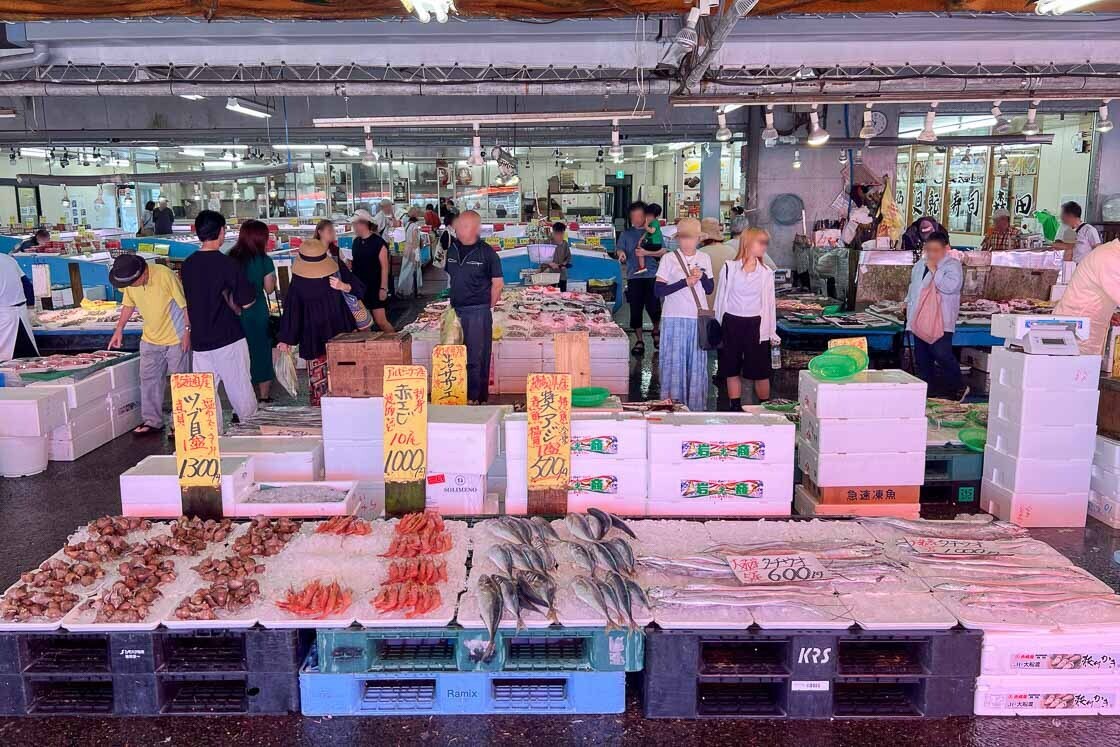
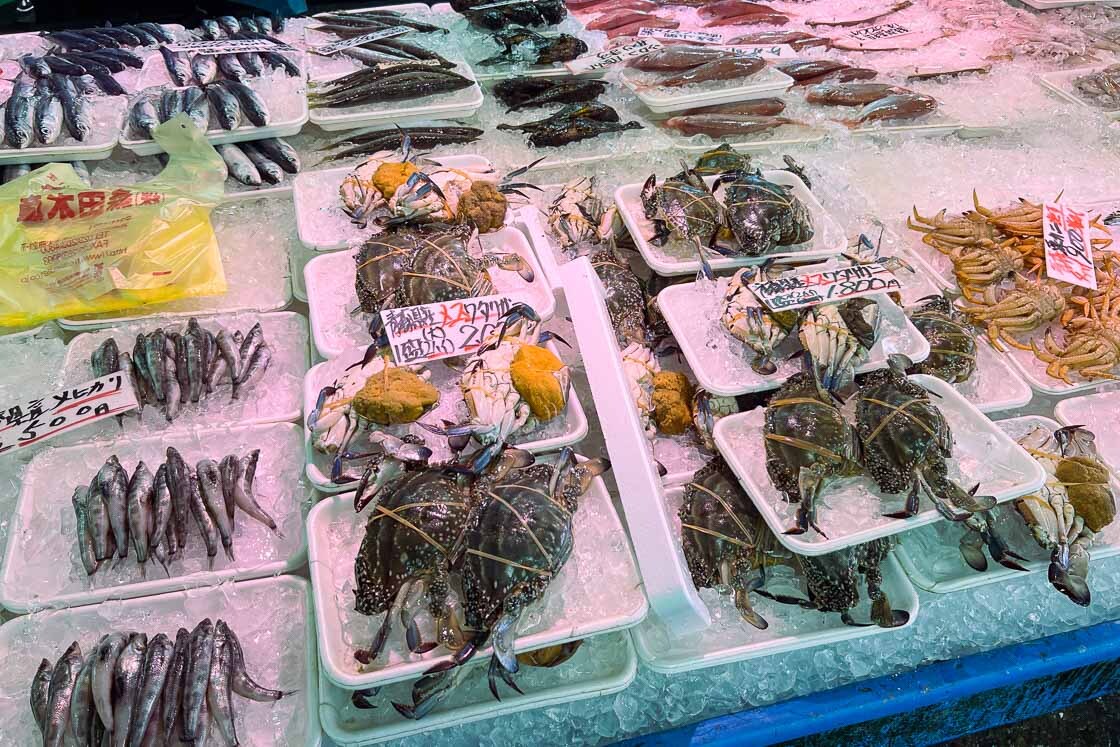
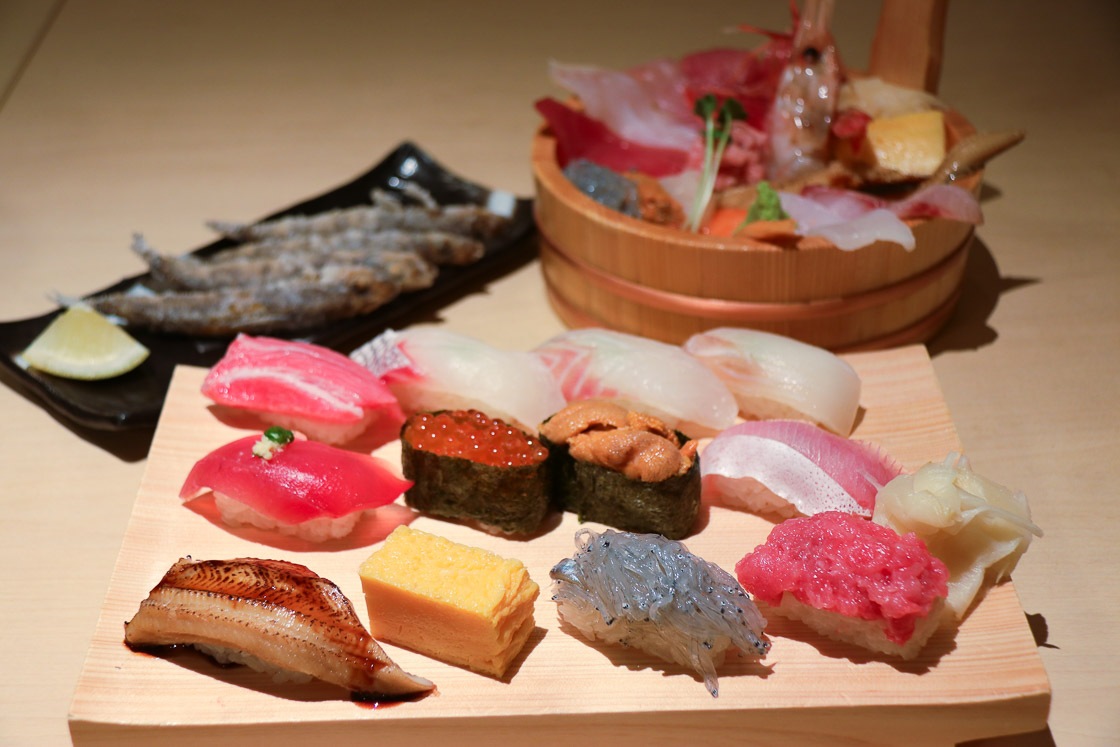
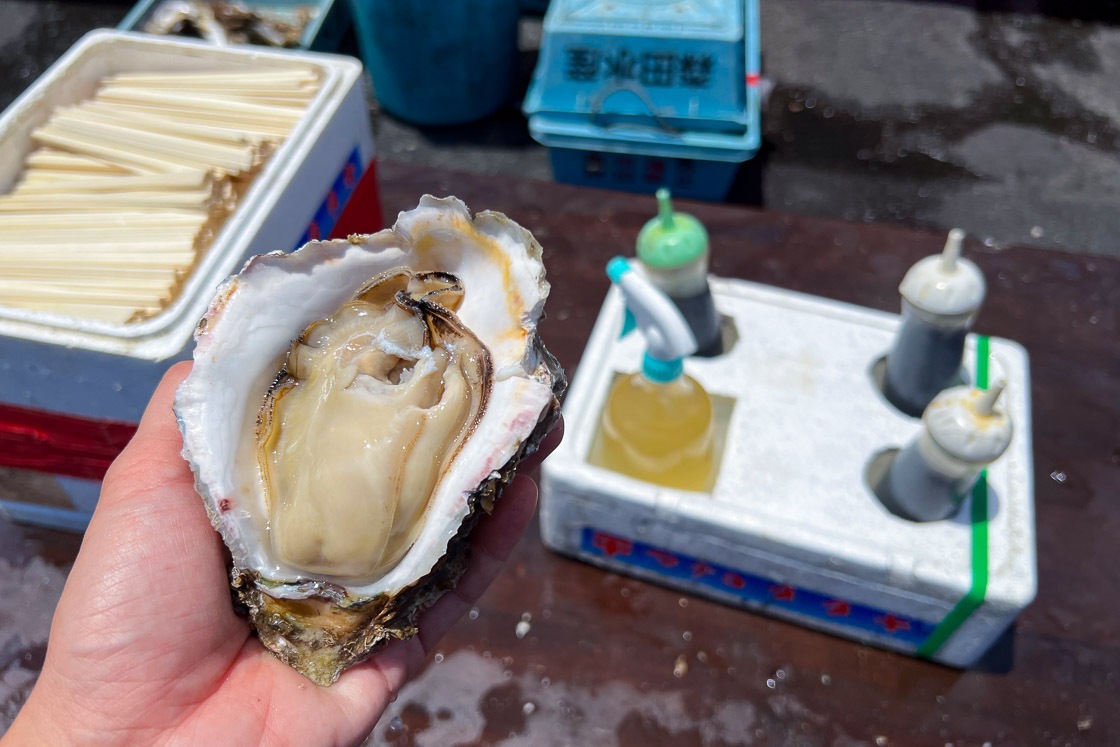
After that big seafood lunch, I headed to Ajigaura by train. The idea was to go on a coastal walk to Hitachi Seaside Park, my final destination on this trip. On the way to the park, I made a detour to Sakatsura Isosaki Shrine. This shrine is a sister shrine of Oarai Isosaki Shrine, which I visited in the morning, as they enshrine the same gods. Curiously, in recent years, Sakatsura Isosaki Shrine developed a reputation of bringing good fortune to worshippers in the form of winning the lottery. It is unclear how this belief came about, but the winnings - the current tally stands at seven billion yen (!!) - reported by lottery winners, who prayed at the shrine, probably contributed to this modern tradition.
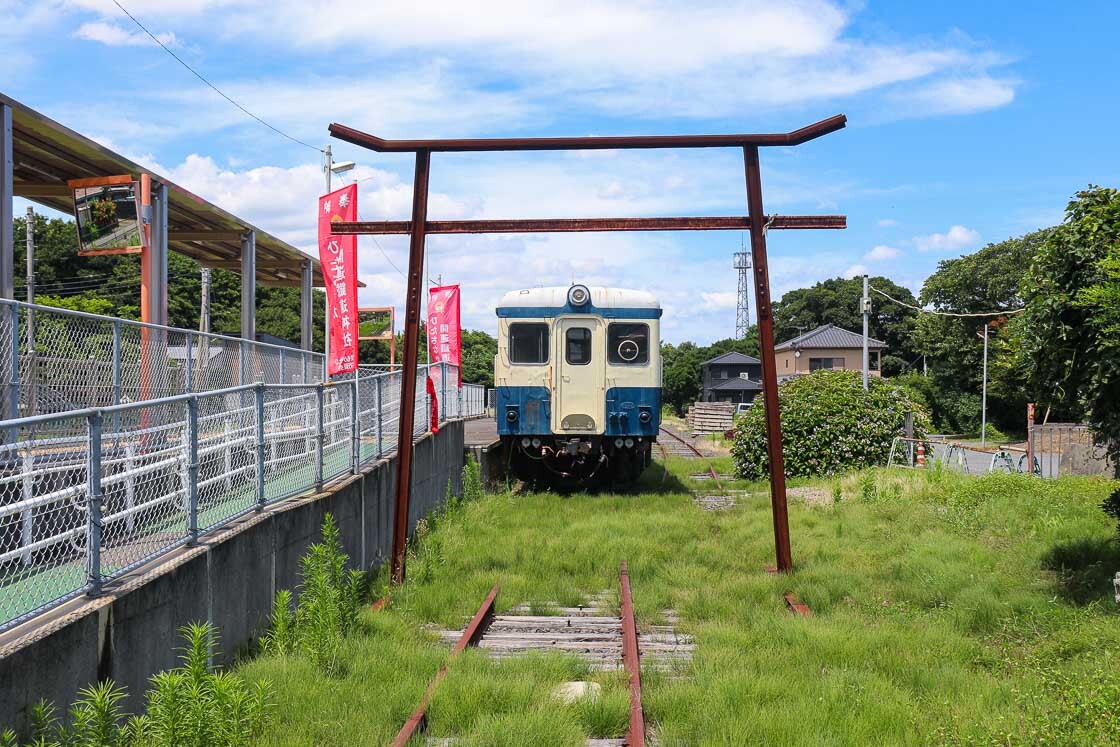
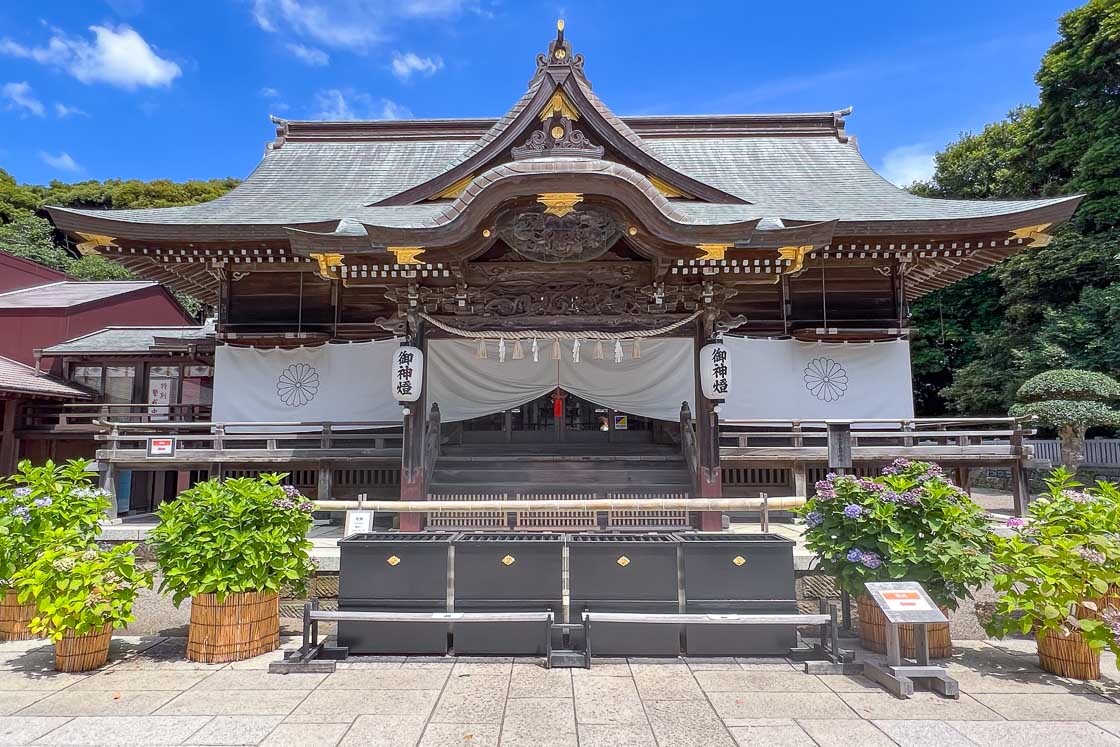
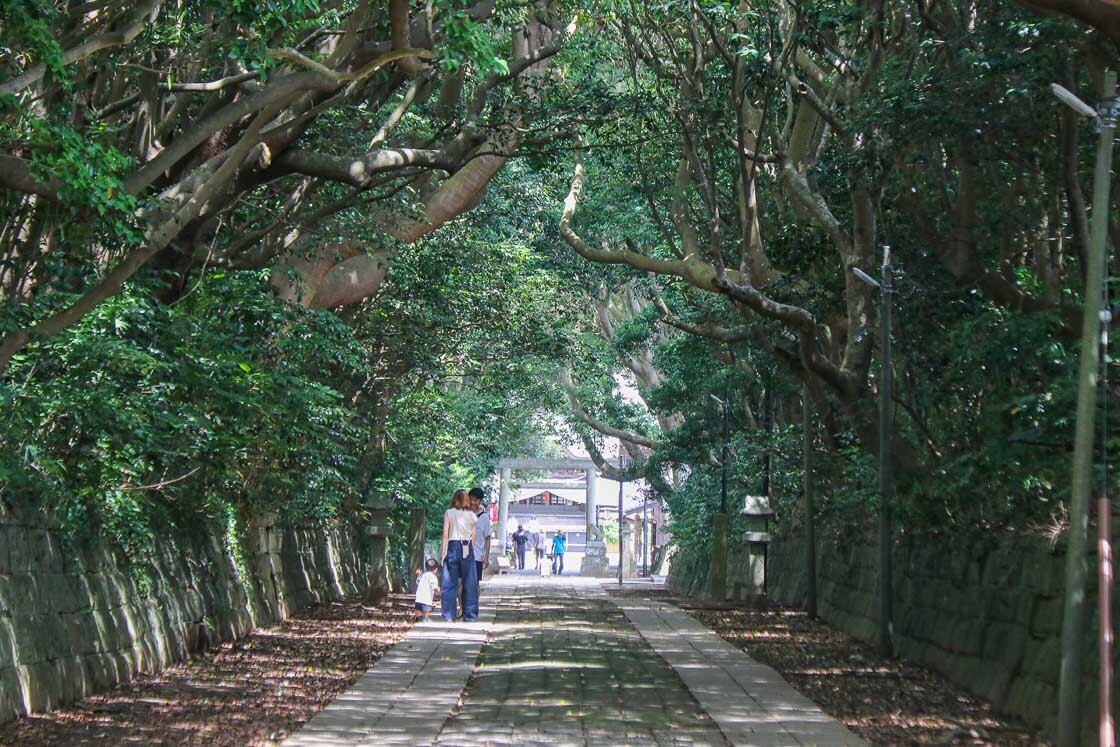
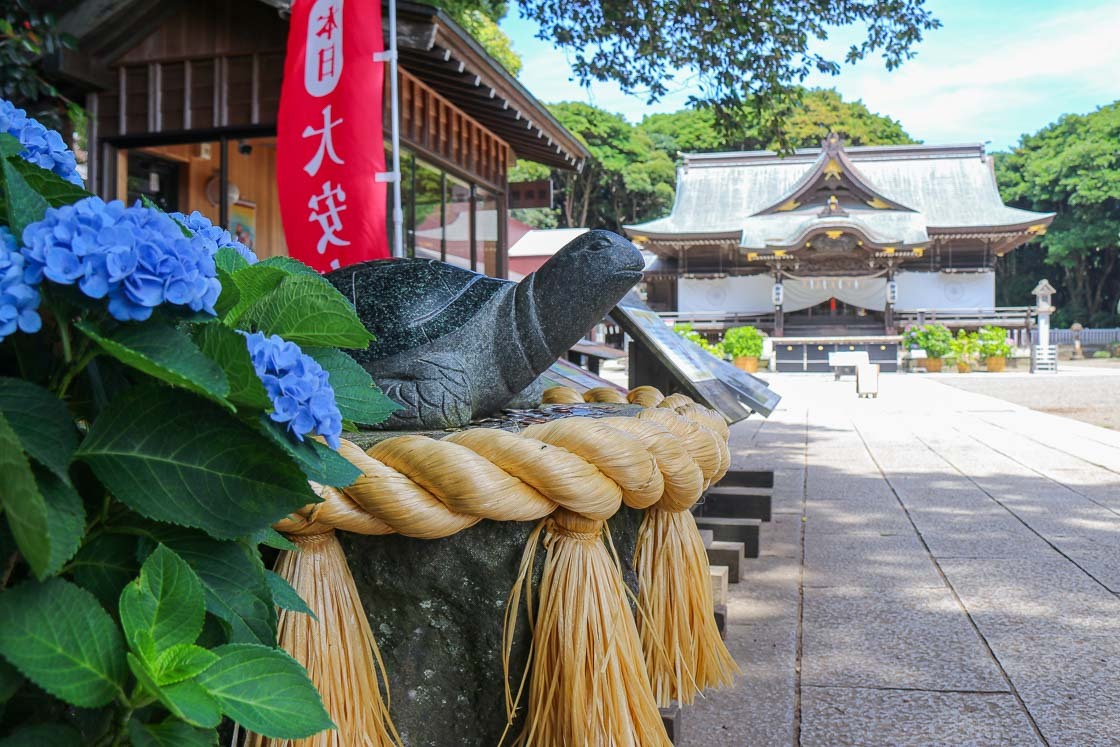
Then, it was on towards the Ajigaura Coast to go to Hitachi Seaside Park, a well-known flower park in the region. Seasonal colors can be seen in Hitachi Seaside Park all through the year, but the two most popular times are during the peak of the blue nemophila flowers in mid April to early May and the fiery red kochia bushes in October.
Space is one thing regional cities have in abundance that is simply a luxury in dense cities like Tokyo. The sprawling Hitachi Seaside Park is about double the size of the largest park in Tokyo - Showa Memorial Park. It is possible to spend the entire day at the park, but I had just under half a day after all the previous activities. The Miharashi area is where the popular nemophila flowers and kochia bushes are grown, and the hill there, Miharashi no Oka, is also the highest point in the park, allowing visitors a nice view of the surroundings.
After three days journeying from Tokyo to Ibaraki, I learned that while the styles of displaying greenery may be different, nature and greenery in all its forms is beautiful. Be it in flower arrangement in the city or a manicured flower field in a sprawling park, each style has its purpose and place, and I was glad to be able to experience it all in my trip.
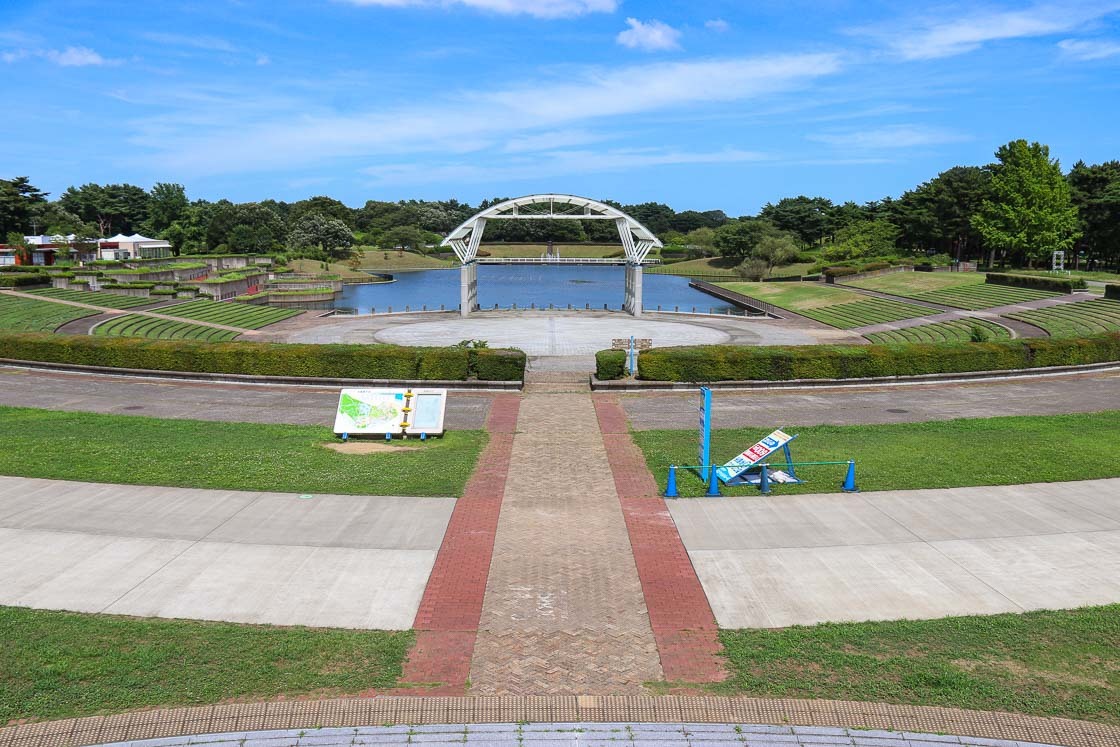
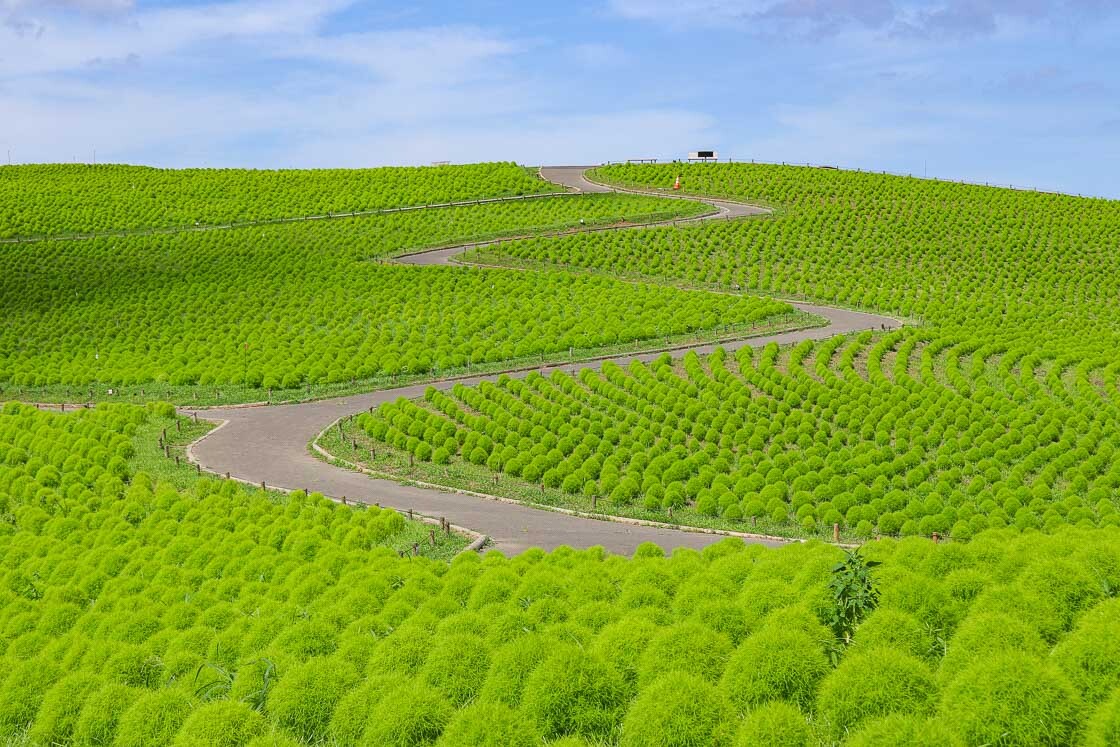
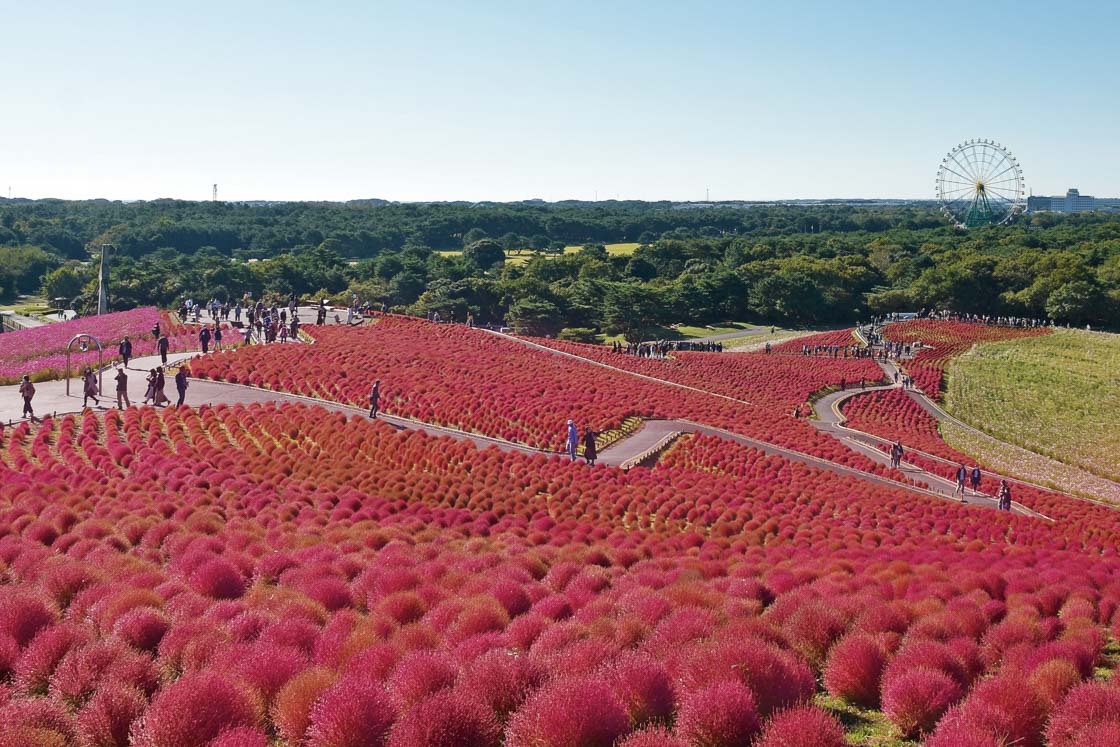
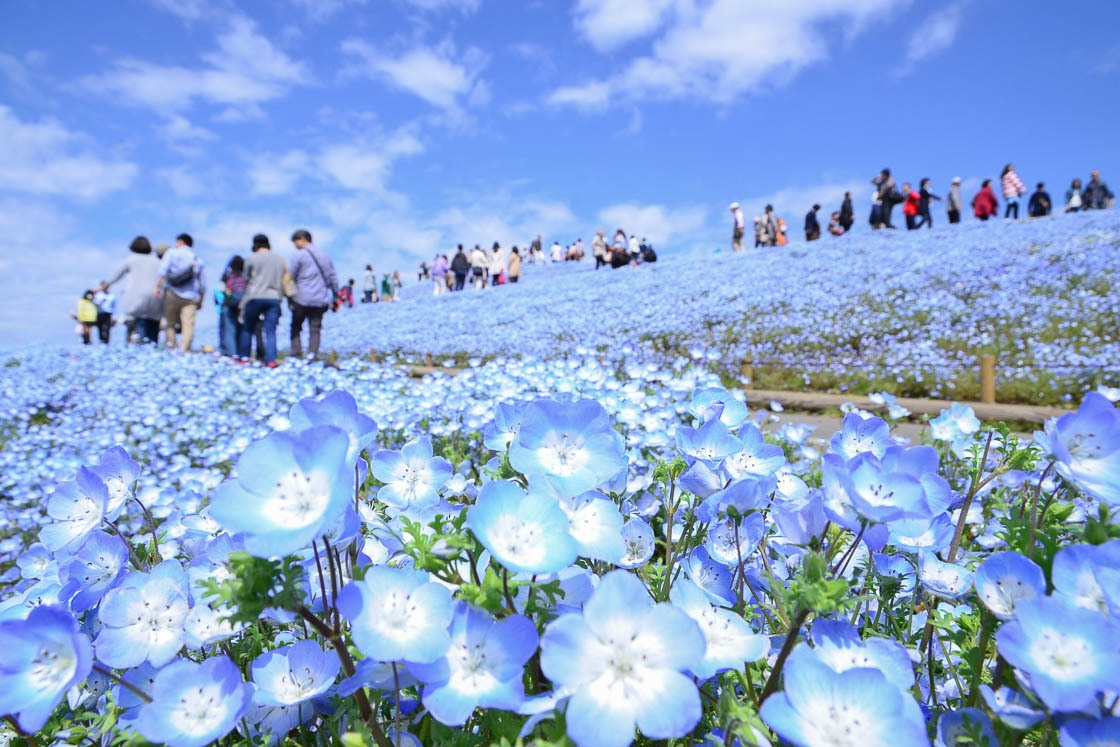
Access
Getting around Tokyo
Tokyo Metropolitan Teien Art Museum is about ten minutes on foot from Meguro Station on the JR Yamanote Line.
Tsukiji Jisaku is a ten minute walk from Tsukiji Station on the Hibiya Subway Line. From Meguro Station, take the Mita Subway Line to Hibiya Station or the JR Yamanote Line to Ebisu Station, then transfer to the Hibiya Subway Line and get off at Tsukiji Station. The one-way journey takes about 25-30 minutes.
Hotel Yaenomidori Tokyo is about a 15 minute walk from Tokyo Station or about 10 minutes on foot from Kayabacho Station on the Hibiya Subway Line. Those with luggage should consider taking a taxi directly from Tokyo Station, which should take about 5 minutes and cost less than 1500 yen.
The Willer Tokyo Restaurant Bus pick up and drop off point is outside the Marunouchi Building at Tokyo Station.
Getting to Mito City and around
The Hitachi and Tokiwa limited express trains connect Tokyo and Mito Station in about 75-80 minutes. Mito Station is the transport hub in Mito City with local railways and buses connecting to other places.
Local buses departing from Mito Station connect to Kairakuen Garden. The one-way journey takes about 20 minutes.
Getting to and around Oarai
To get to Oarai, take the Kashima Rinkai Railway bound for Kashima Jingu and get off at Oarai (about 15 minutes one way, 1-2 departures/hour).
Bus number 50 connects Oarai Isosaki Shrine (Oarai Jinja-mae, 大洗神社前) with Honmachi-minami (本町南), the nearest bus stop to Nakaminato Fish Market (about 20 minutes one way, hourly departures). The fish market is about five minutes on foot from the bus stop.
Nakaminato Station on the Hitachinaka Seaside Railway is approximately 15 minutes on foot from the fish market. Take a train bound for Ajigaura (12 minutes one way, 1-2 trains/hour) and get off at the terminus. It takes about 30 minutes to walk to the south gate of Hitachi Seaside Park or about 50 minutes to the main west gate from Ajigaura Station; longer if detouring to see other attractions.
When returning to Tokyo from Hitachi Seaside Park, take the bus bound for Katsuta Station from the main west gate of the park and get off at the terminus (about 20 minutes one way, 1-3 buses/hour). Then take either the Tokiwa or Hitachi limited express train to Tokyo (about 80 minutes one way, two departures/hour).
Official websites
- Go Tokyo - Official travel guide of Tokyo
- Ibaraki Guide - Official travel guide of Ibaraki
